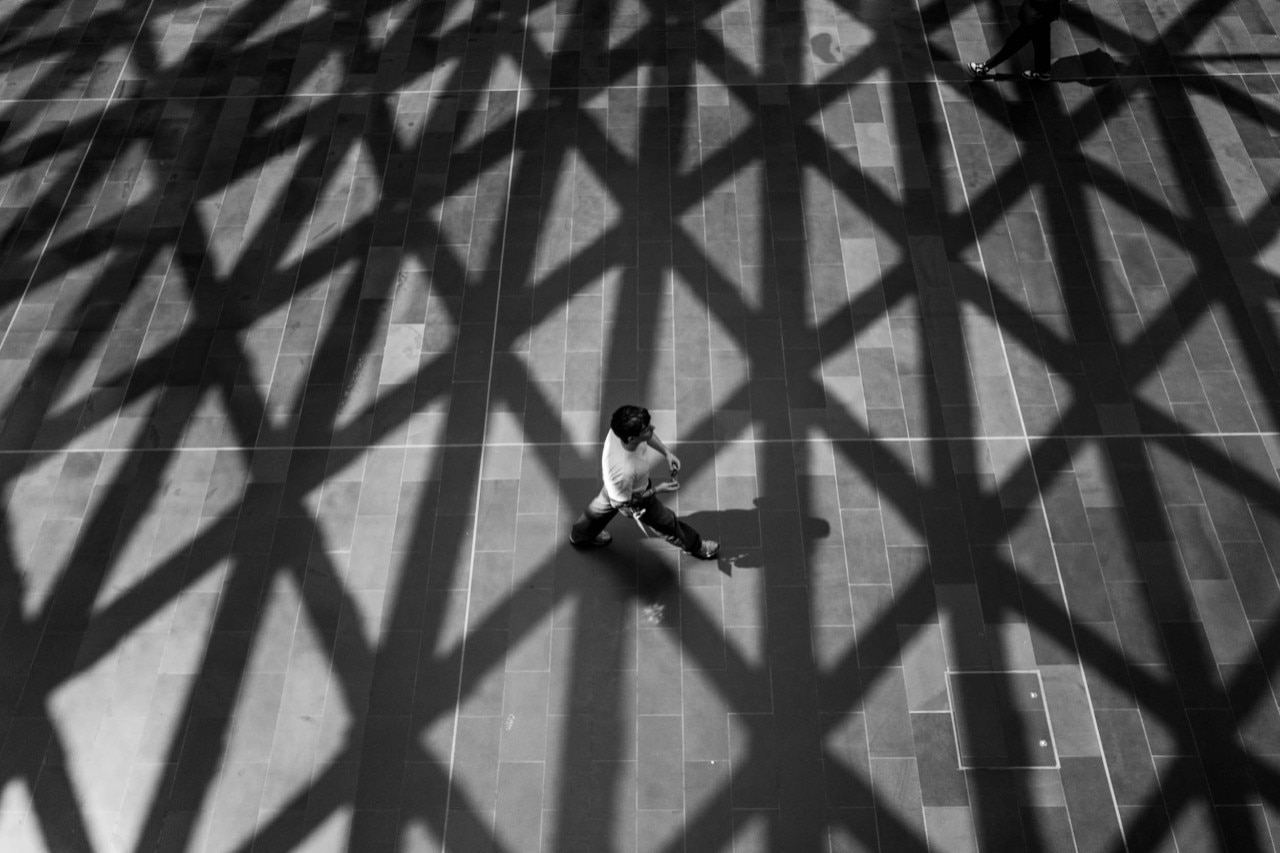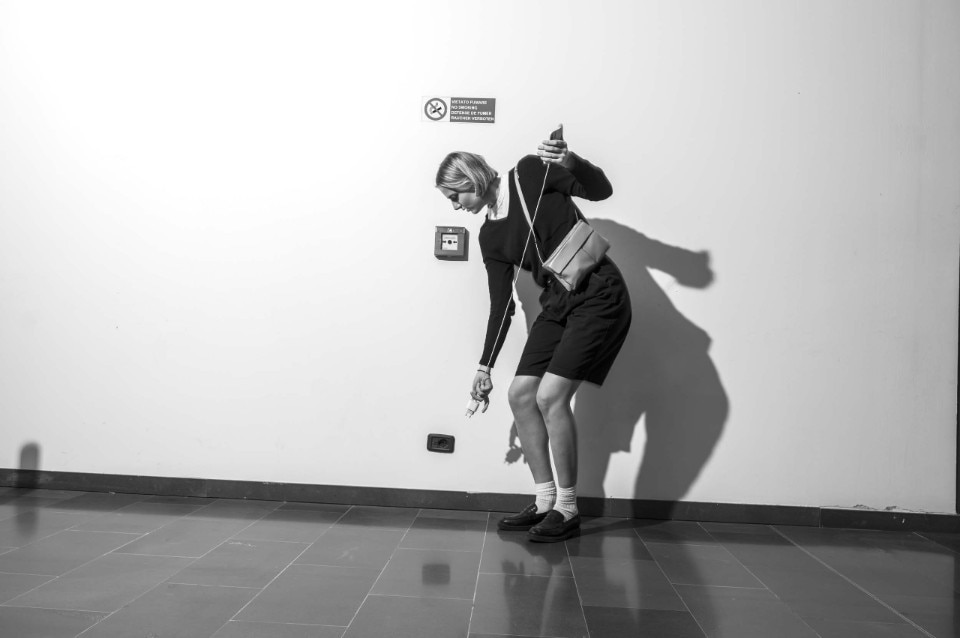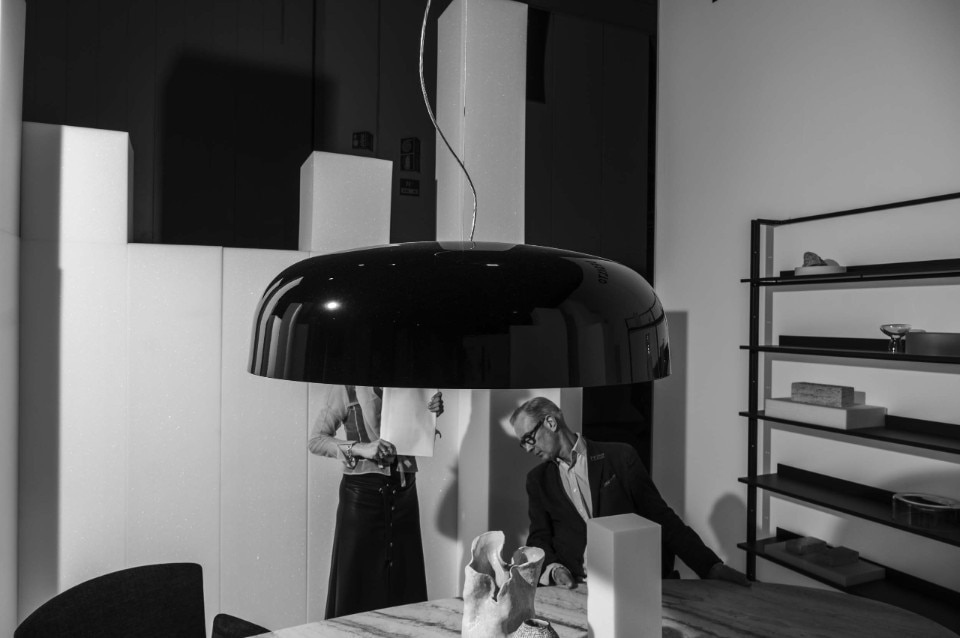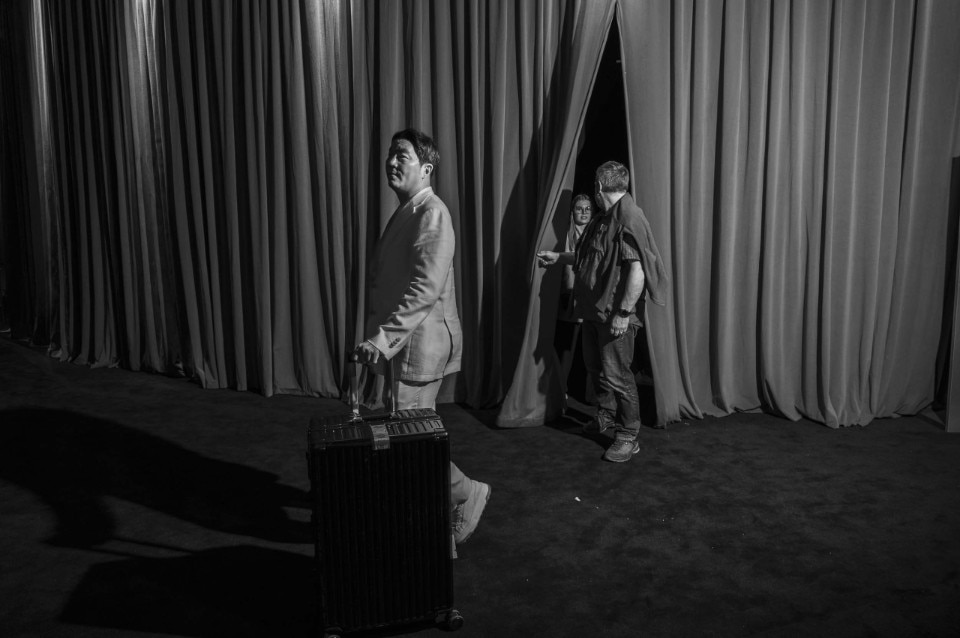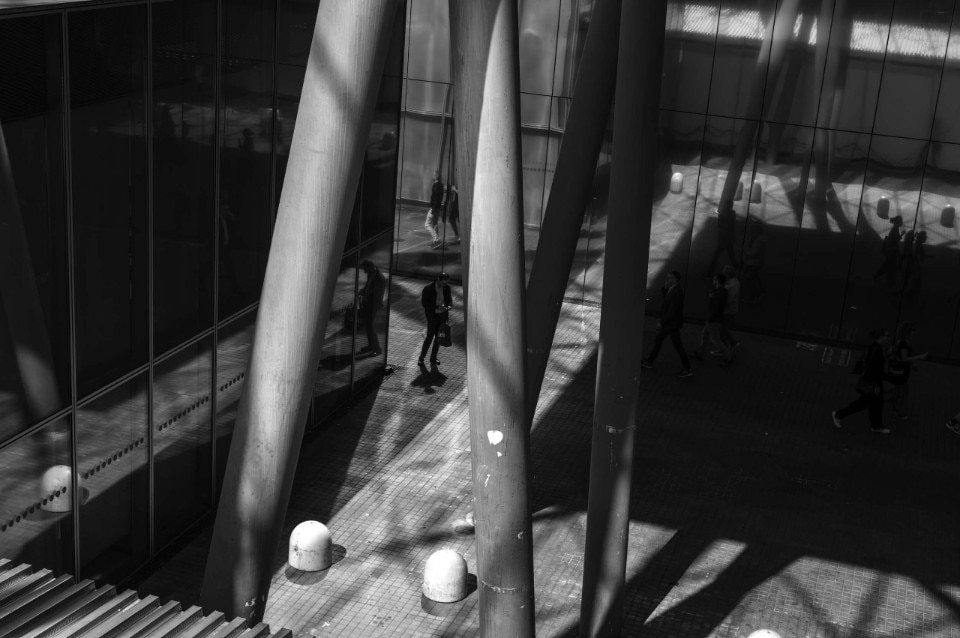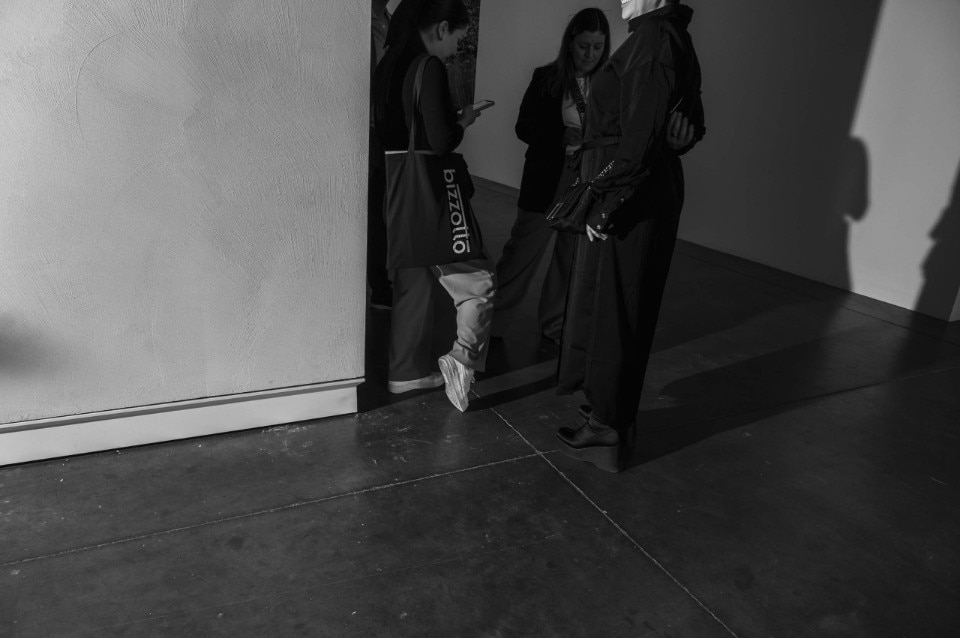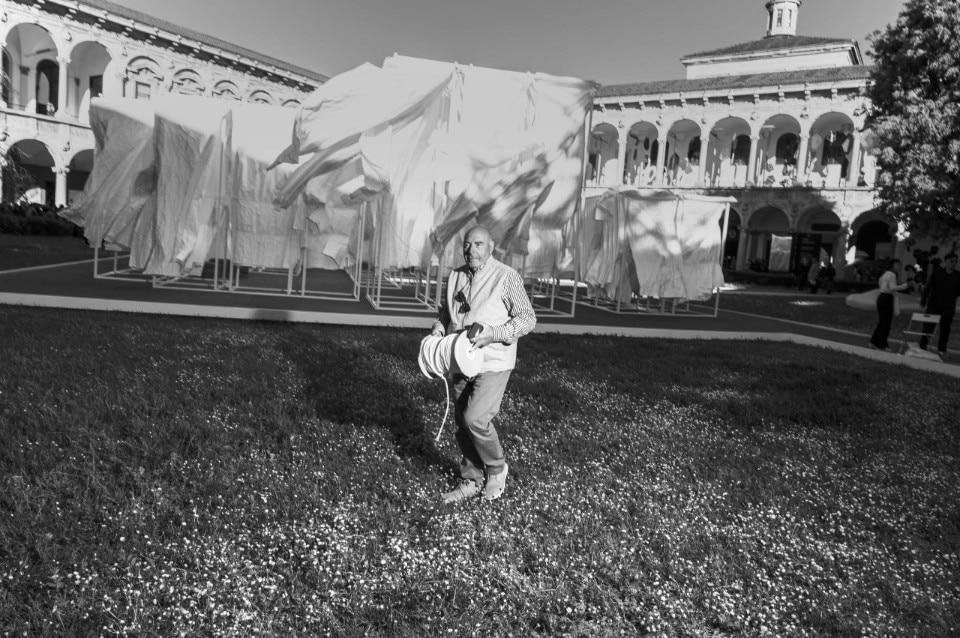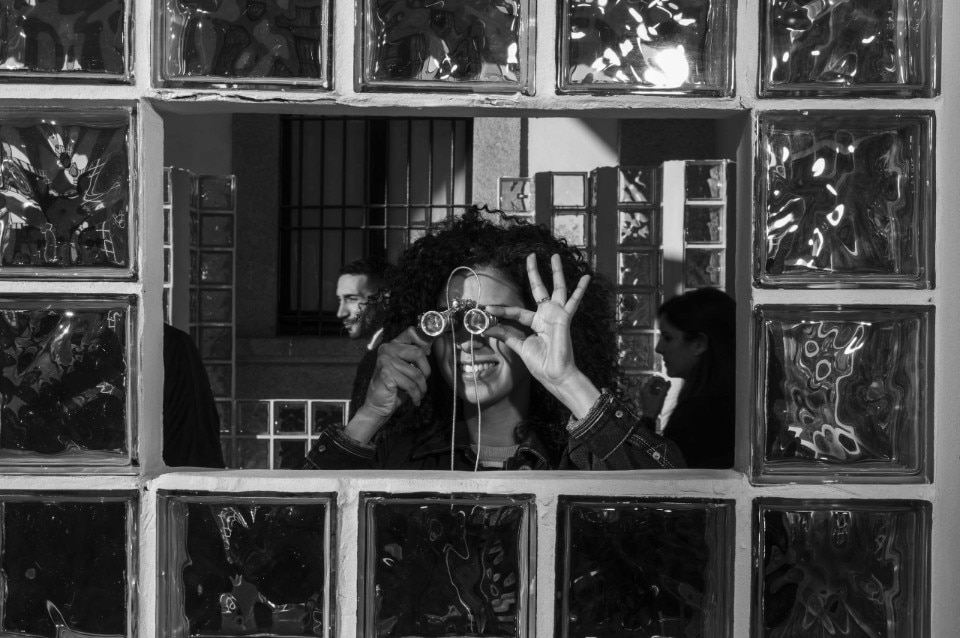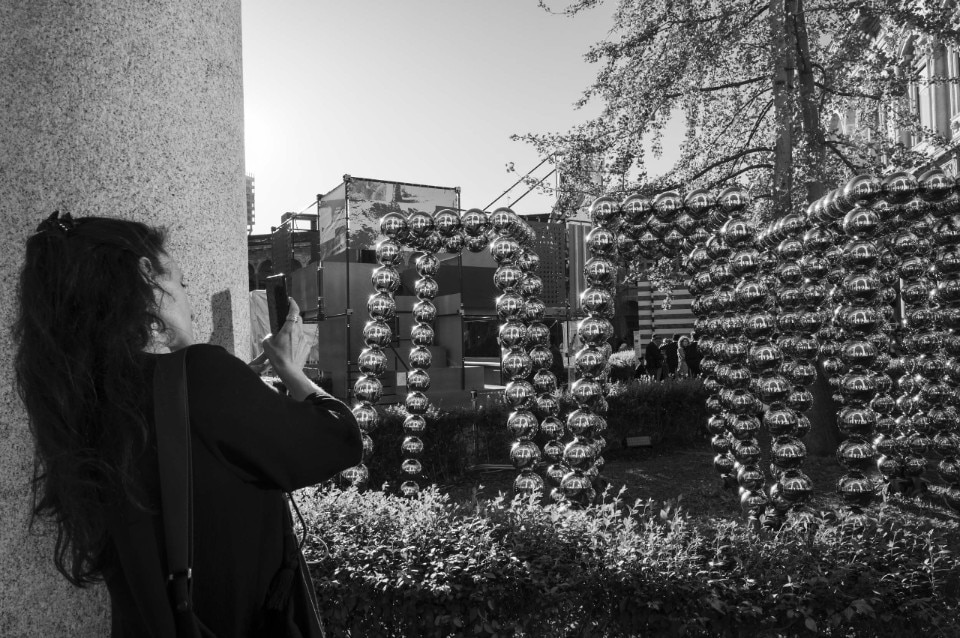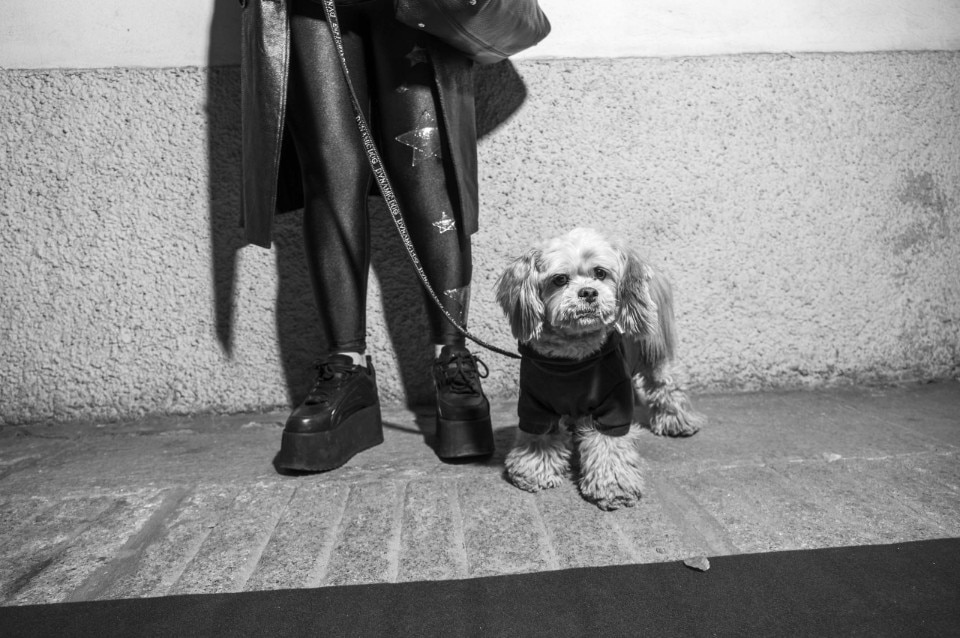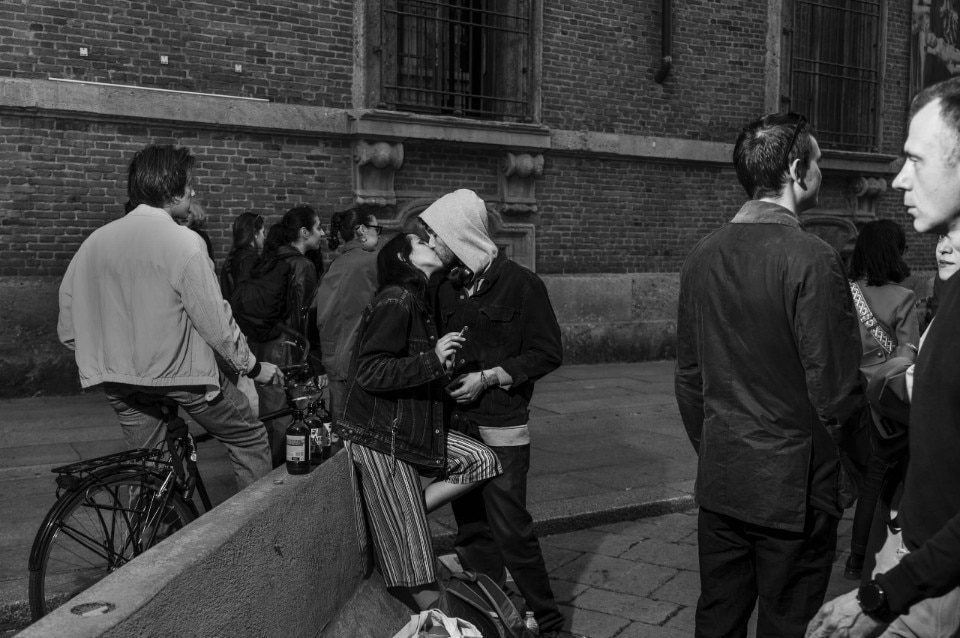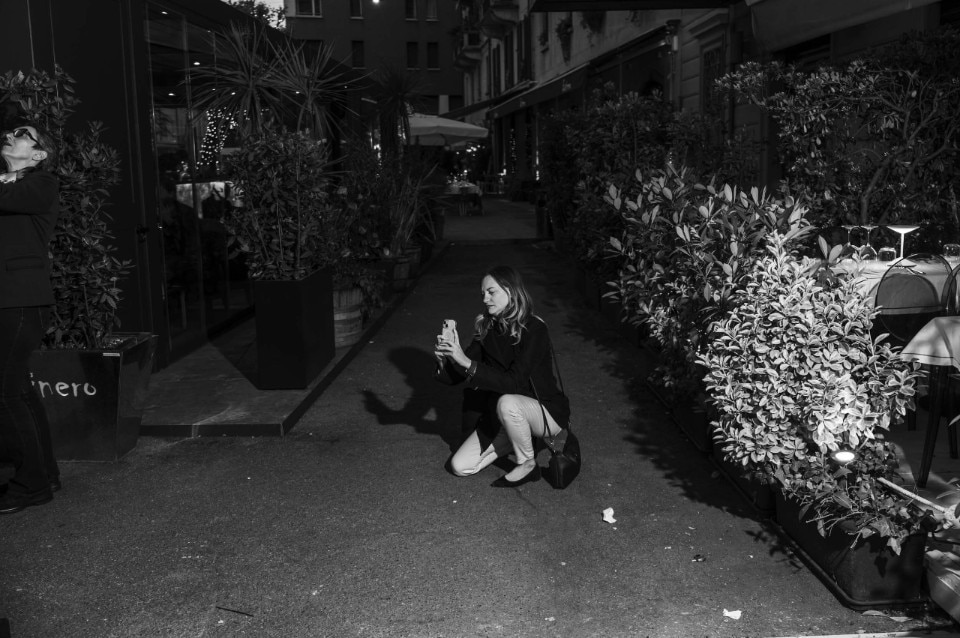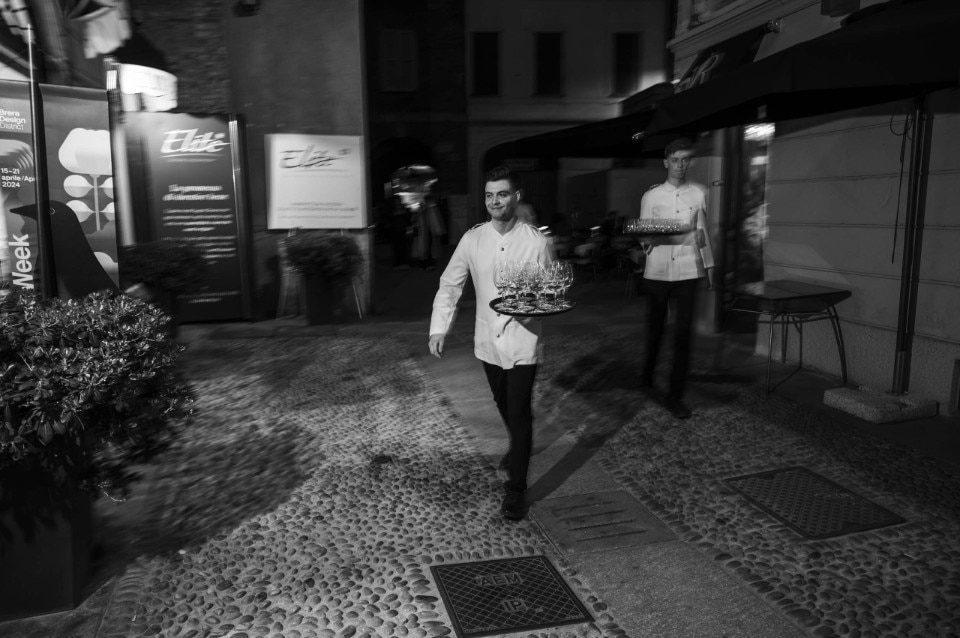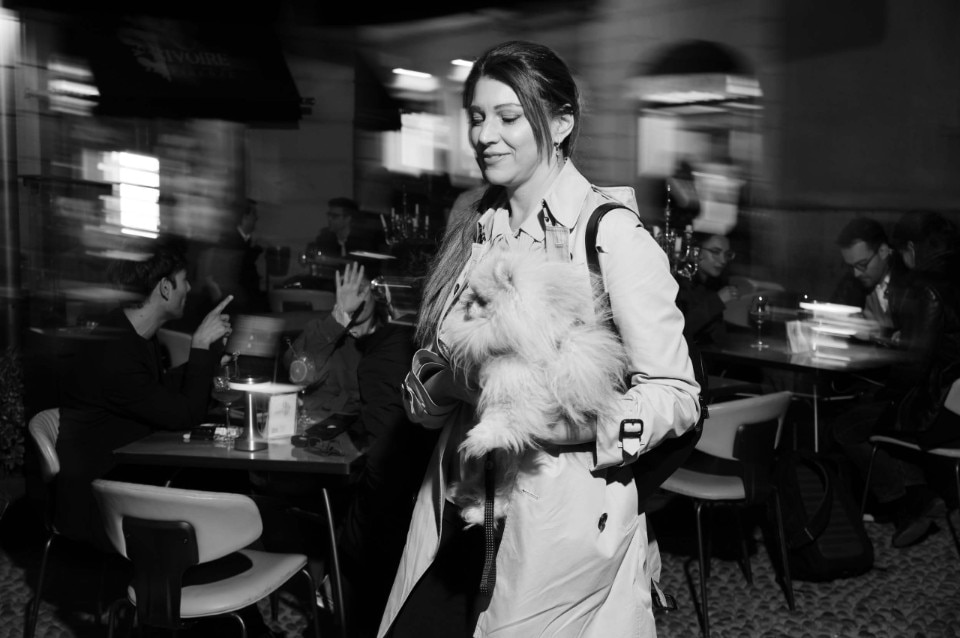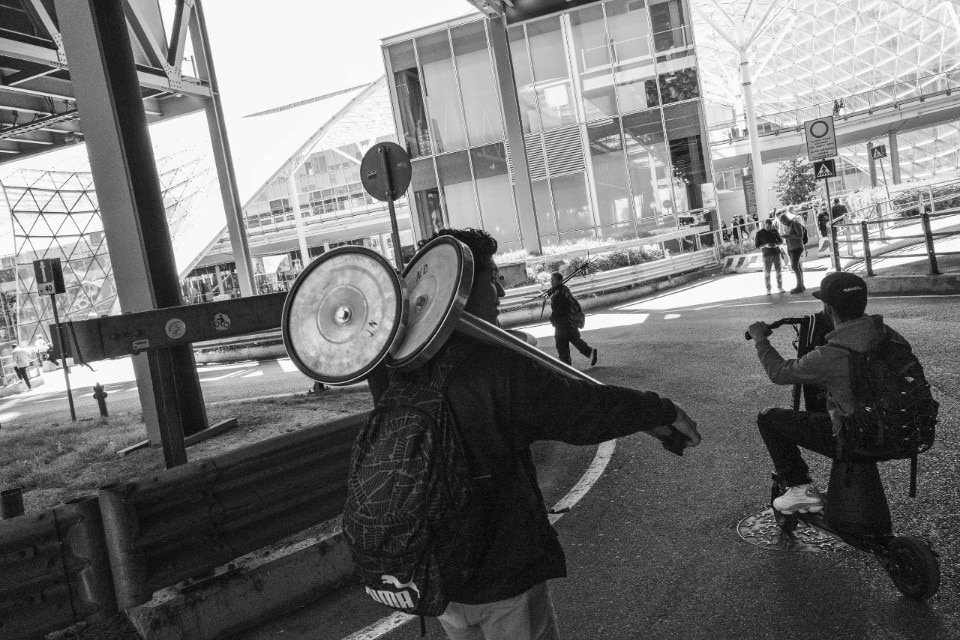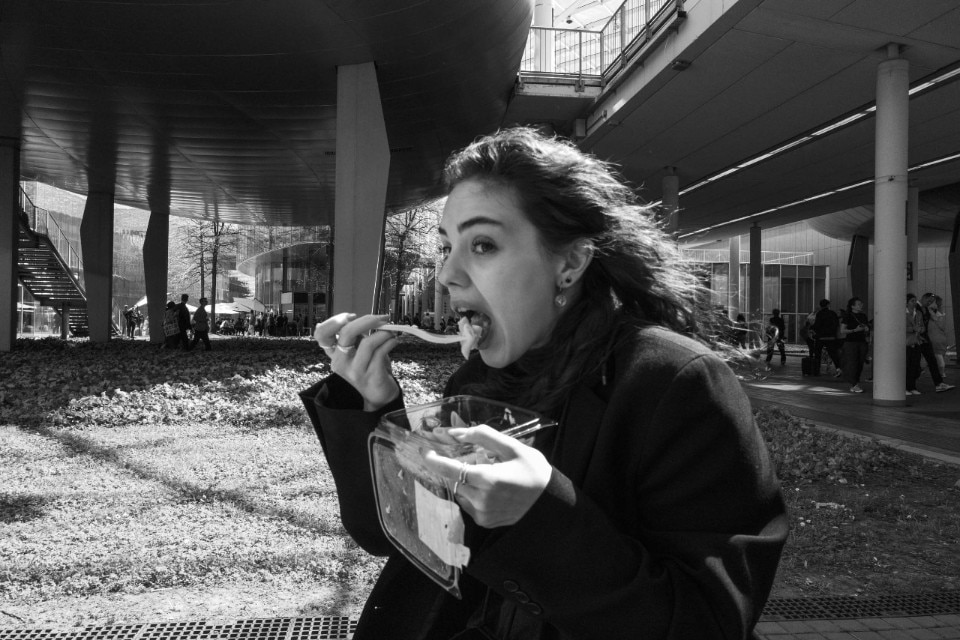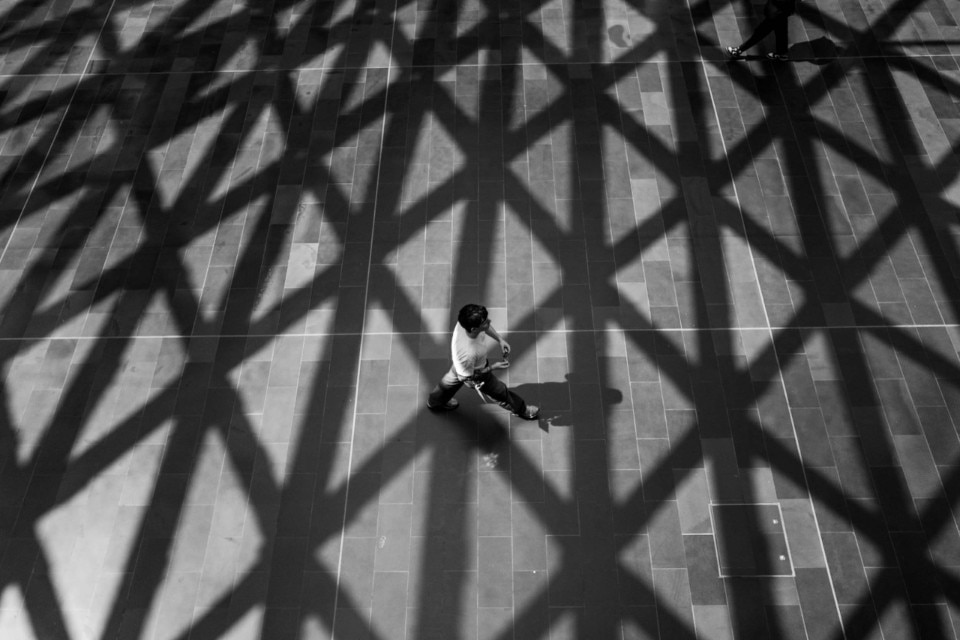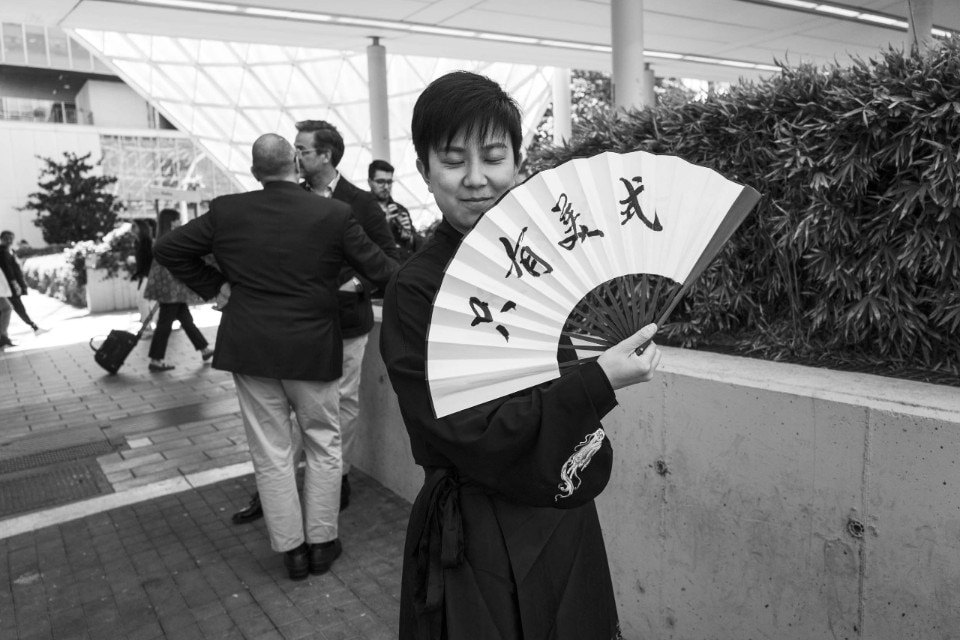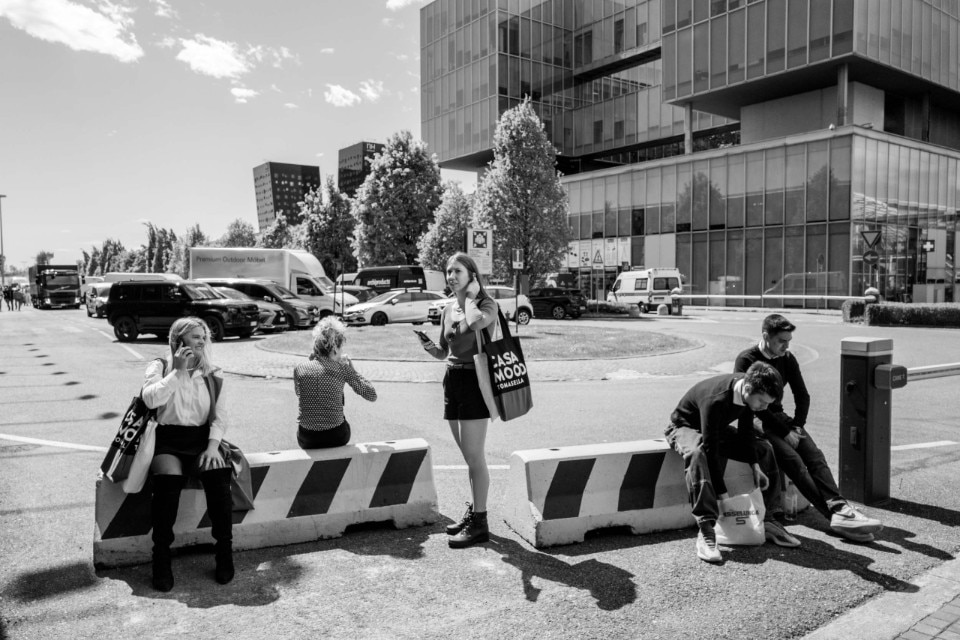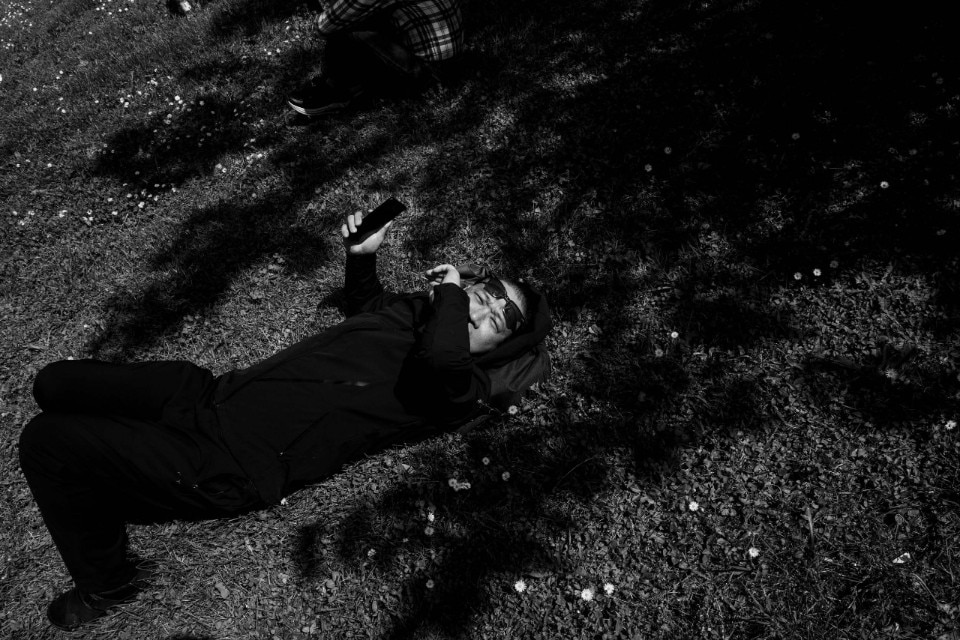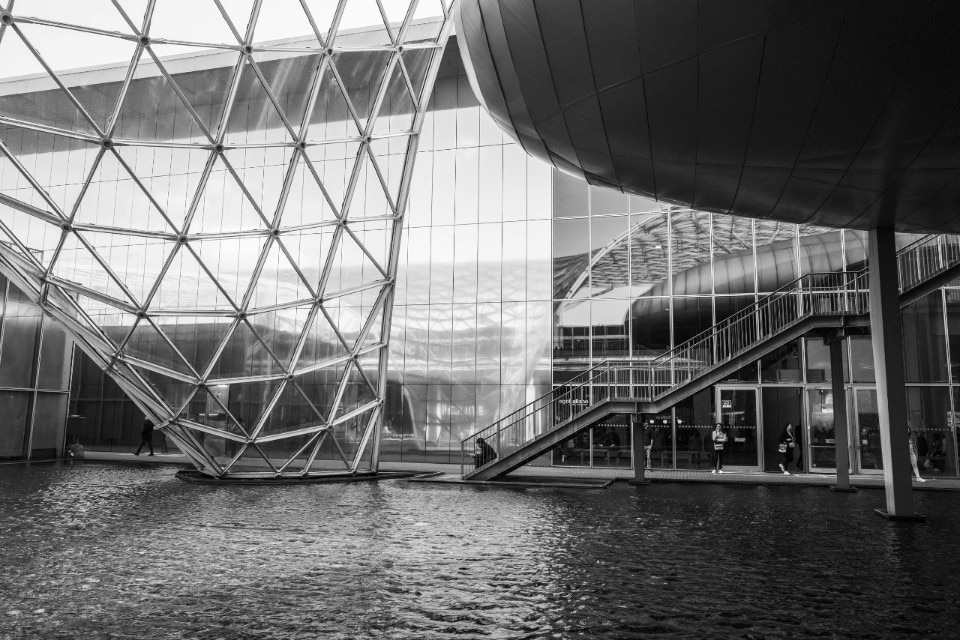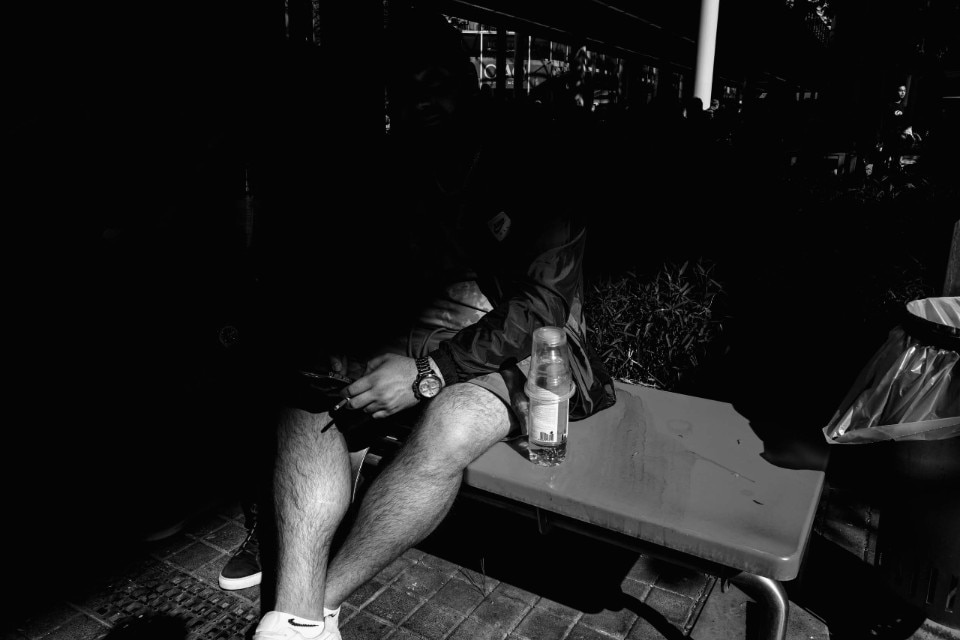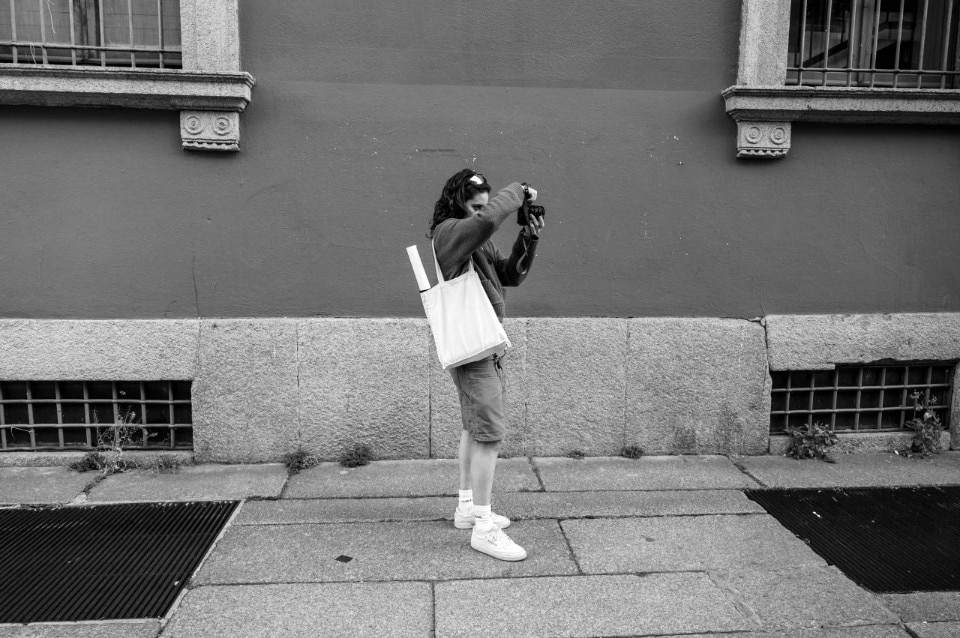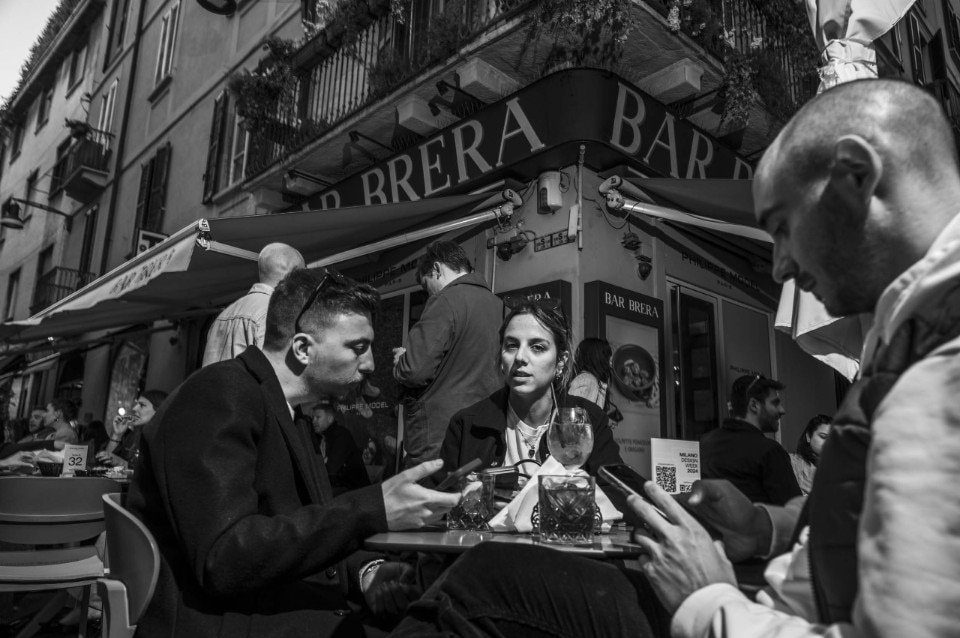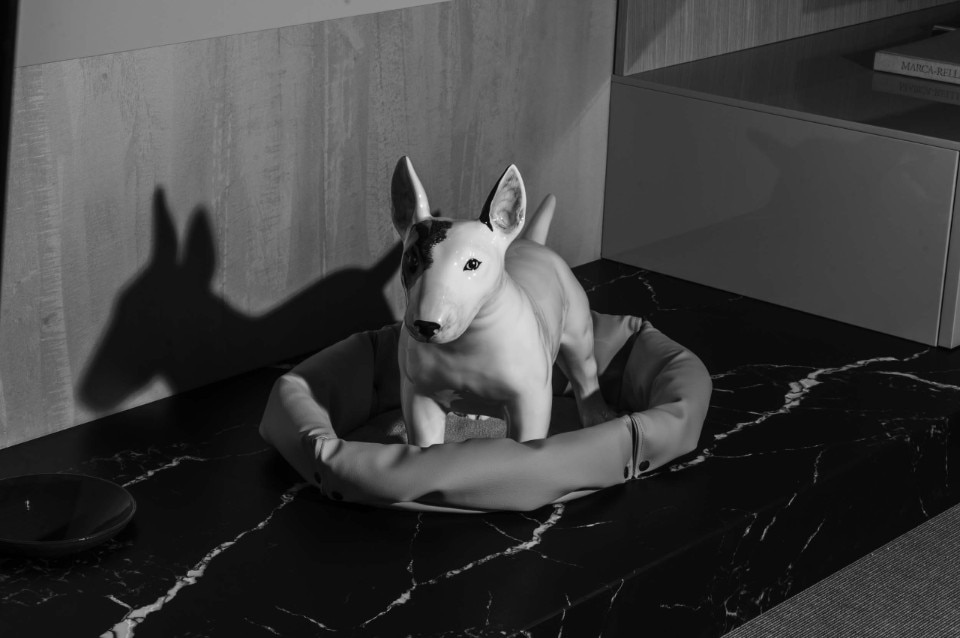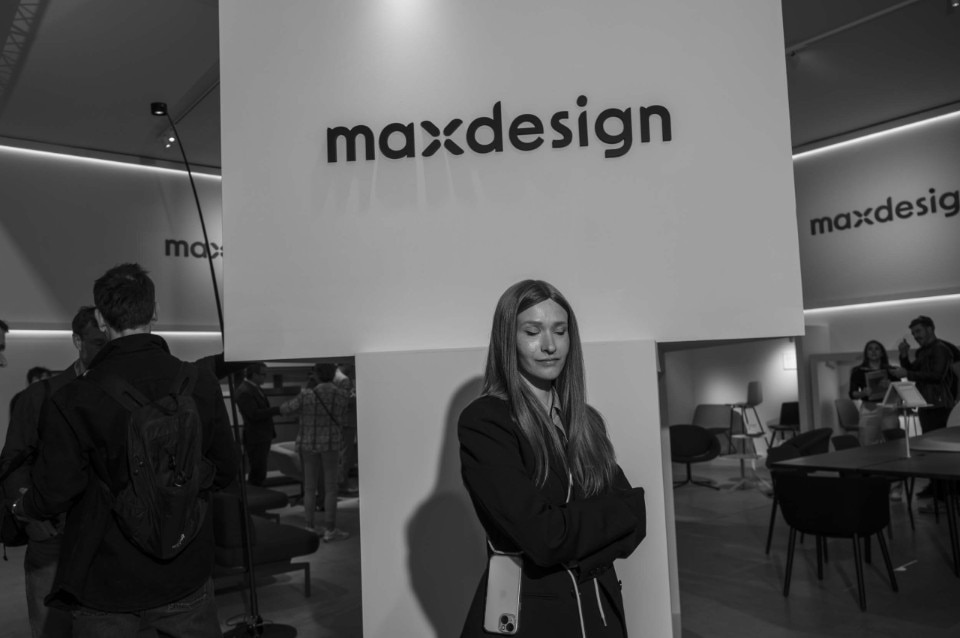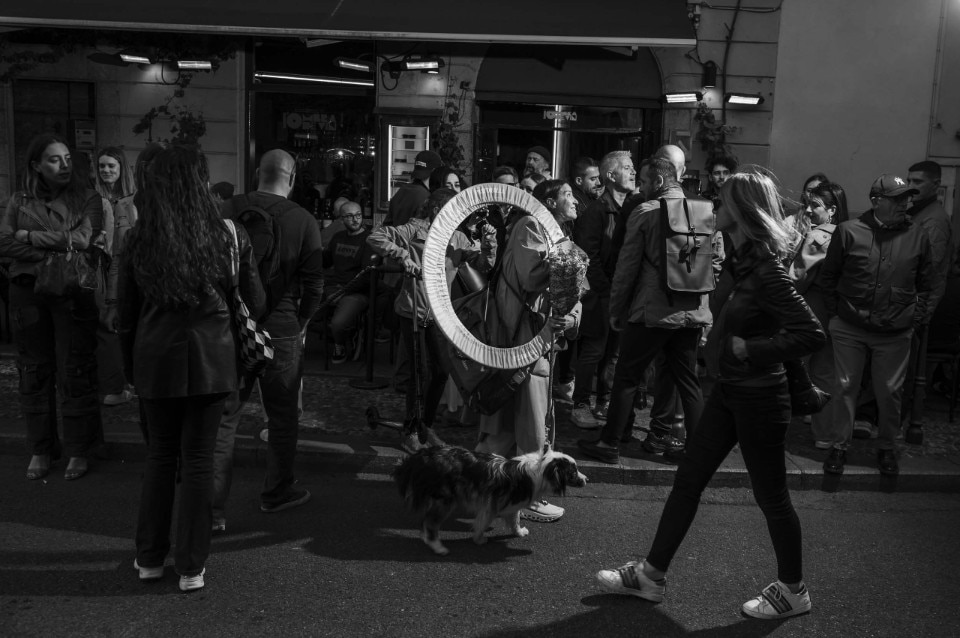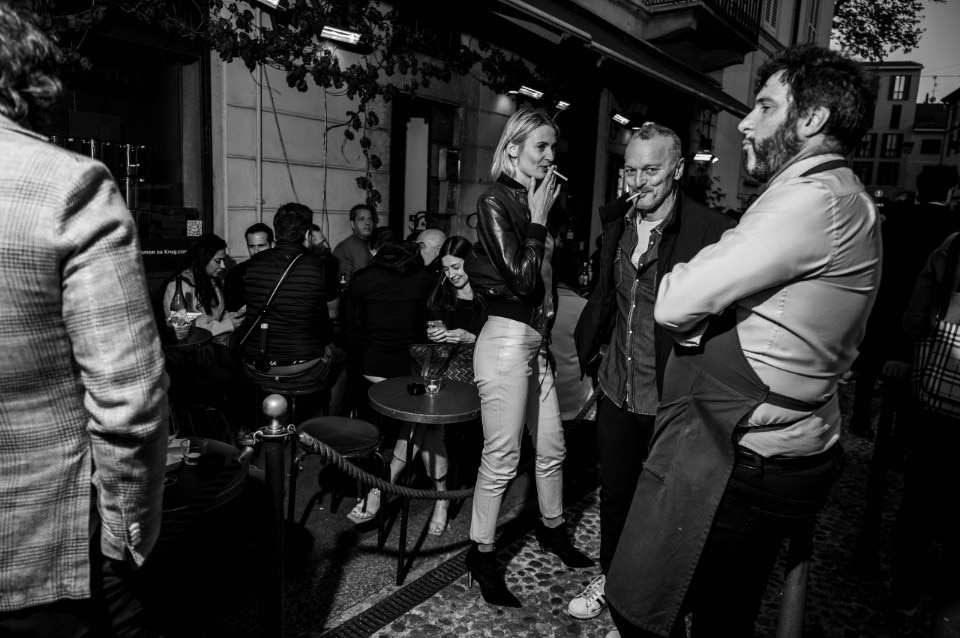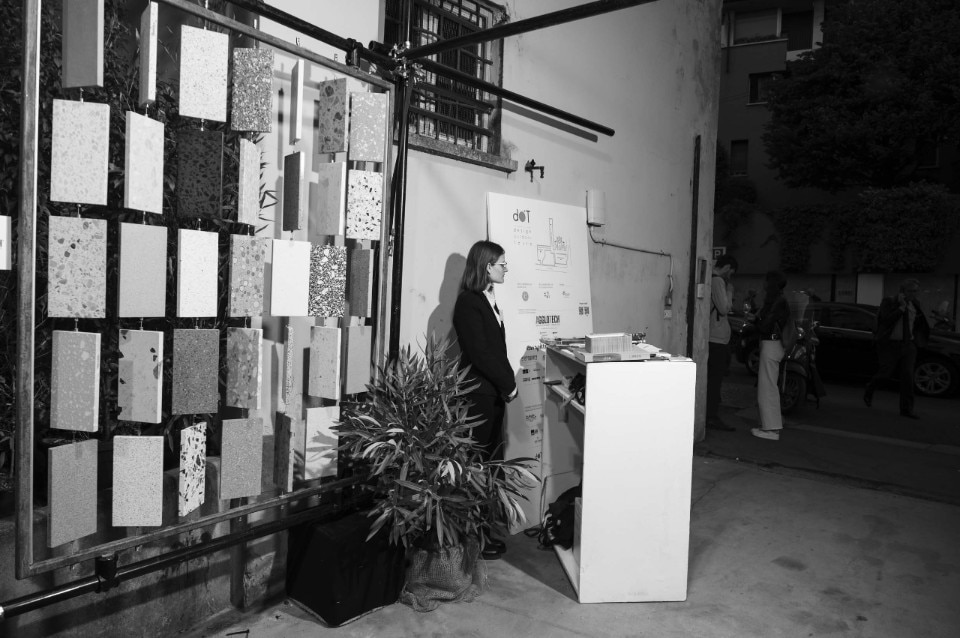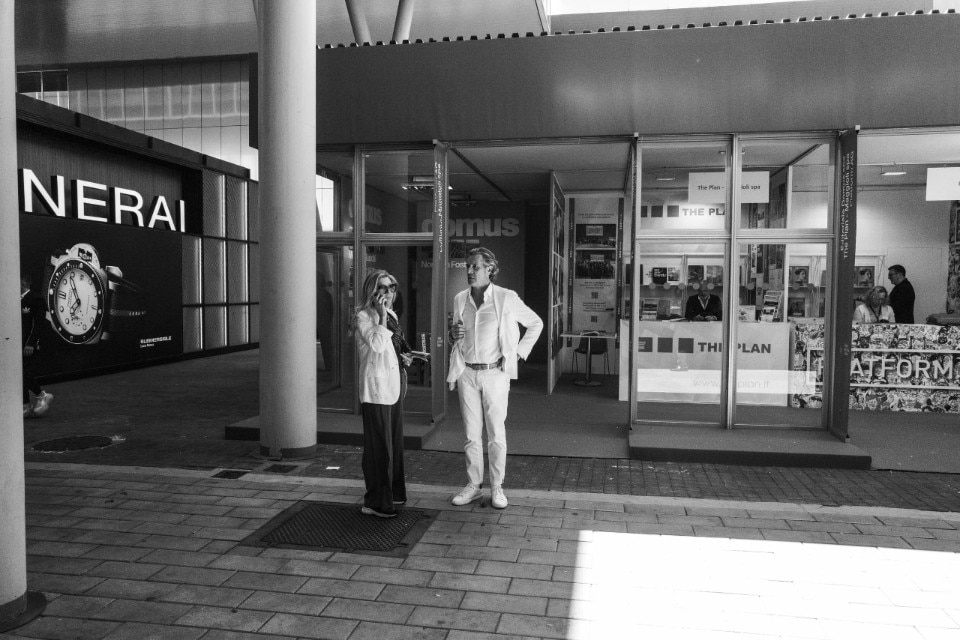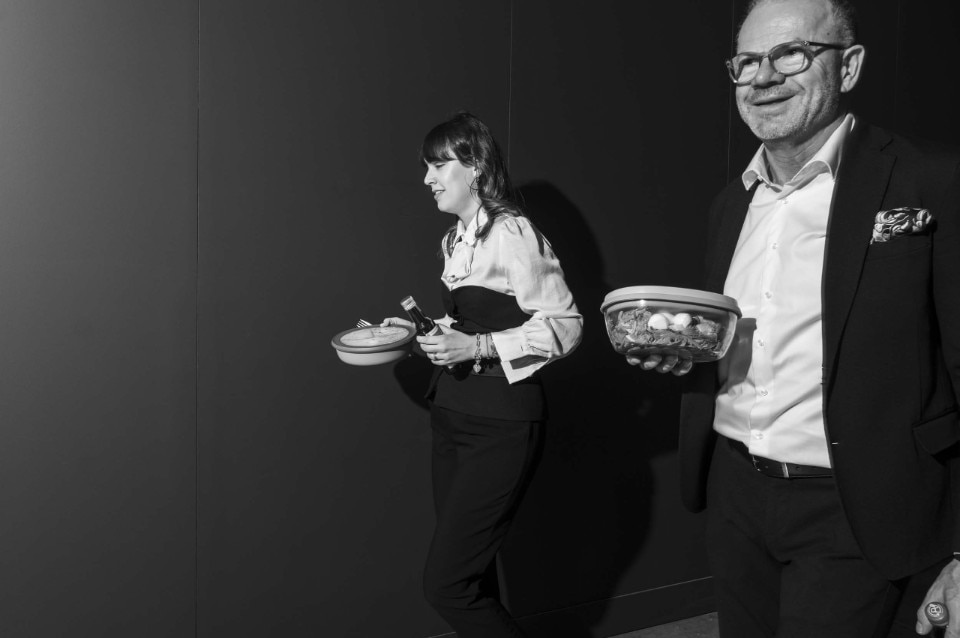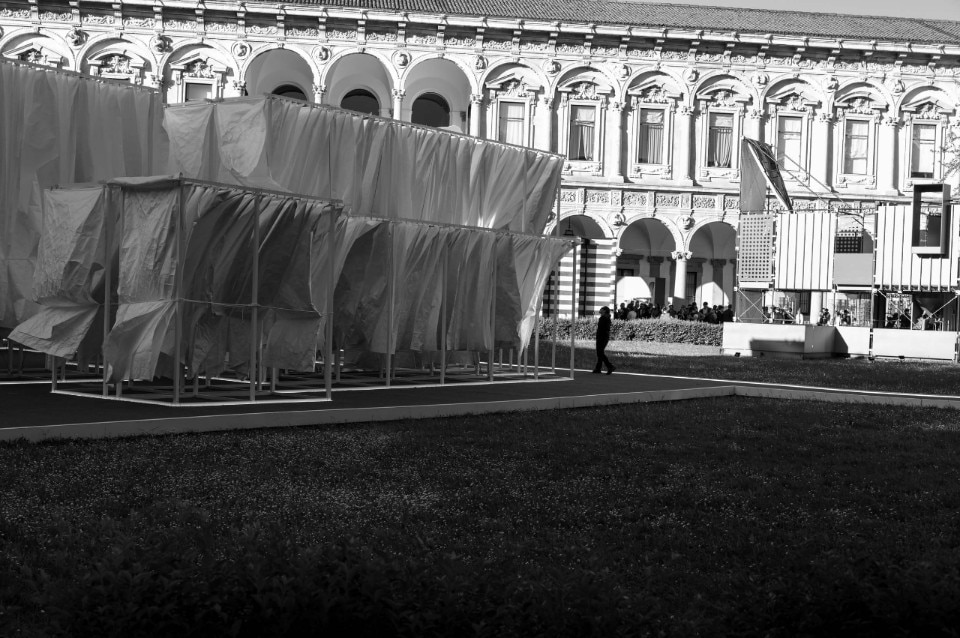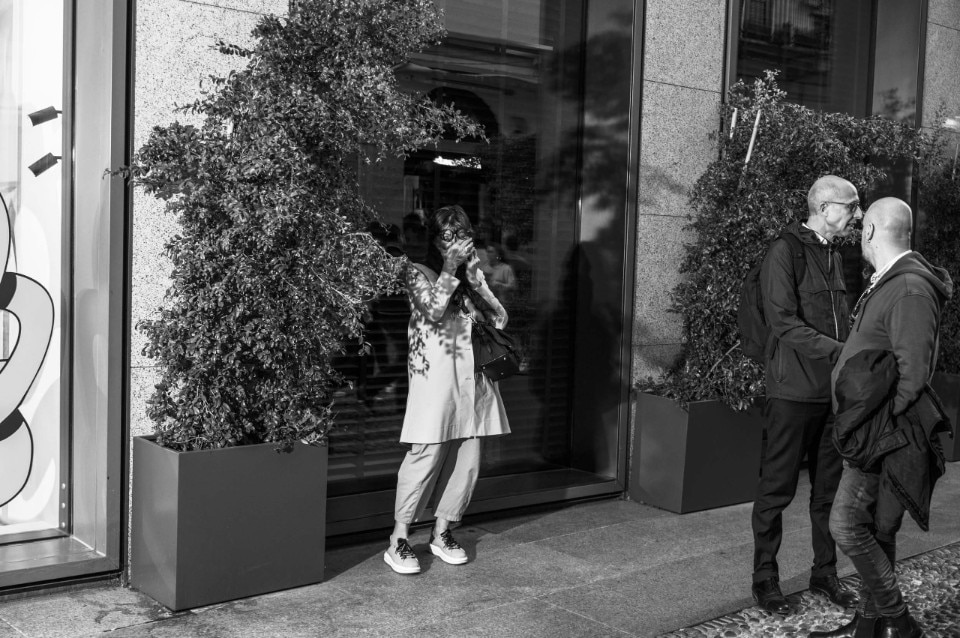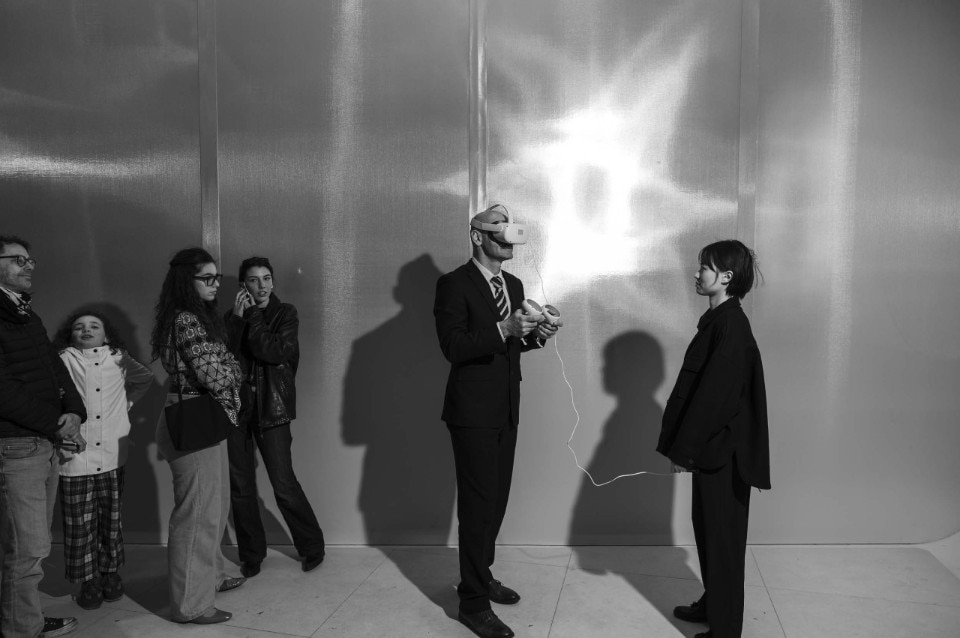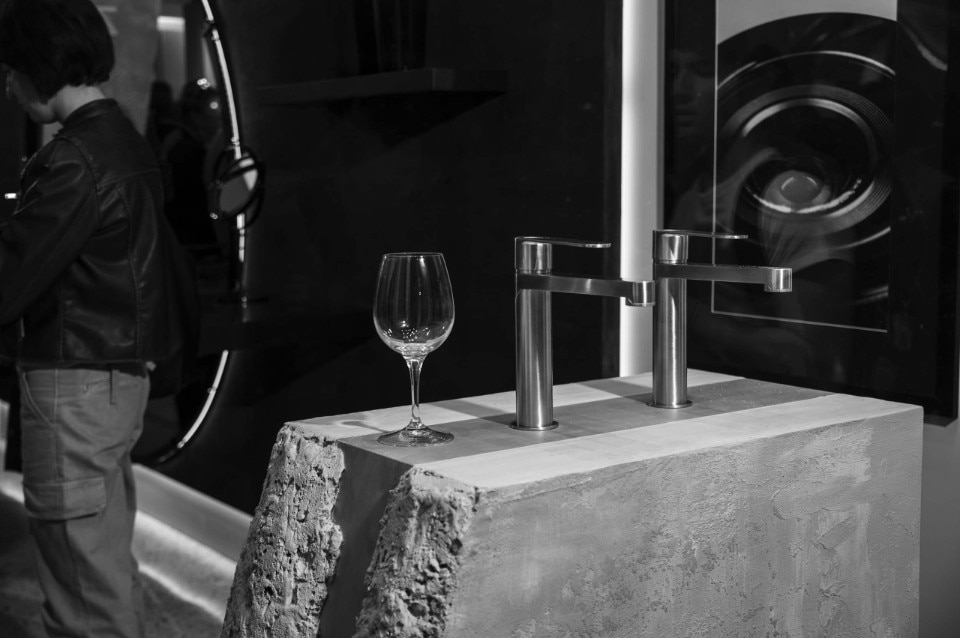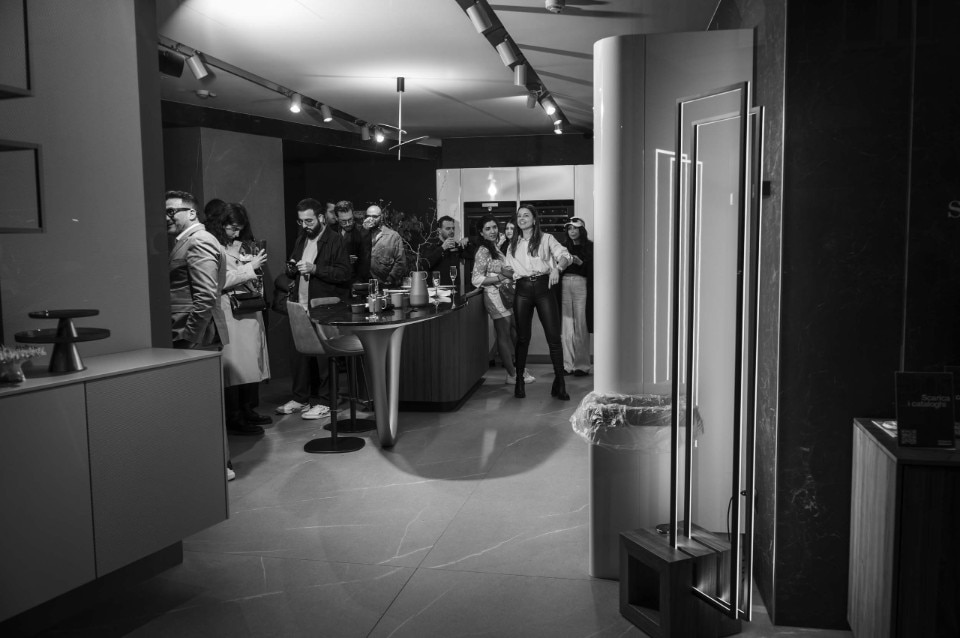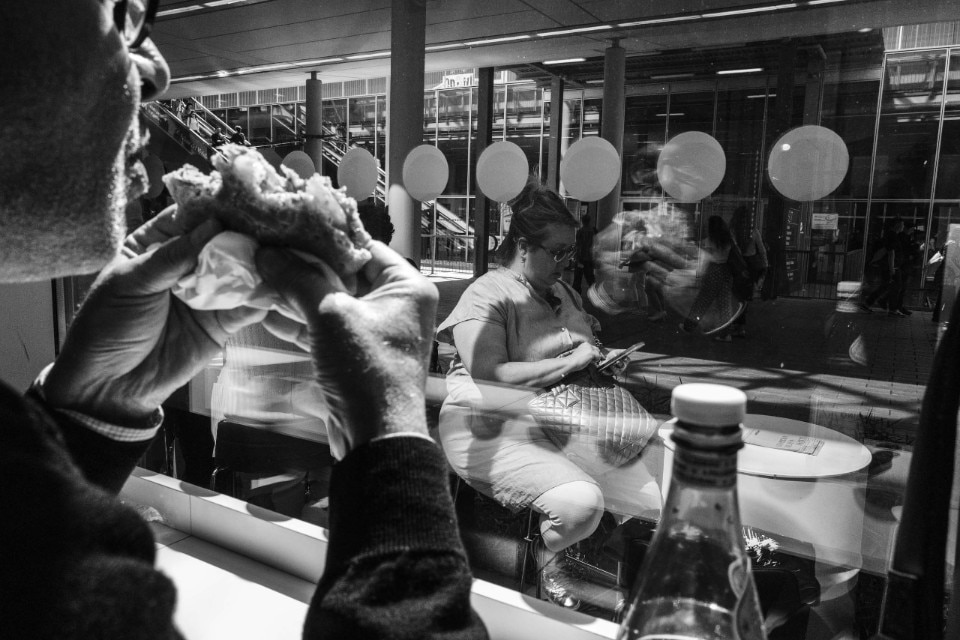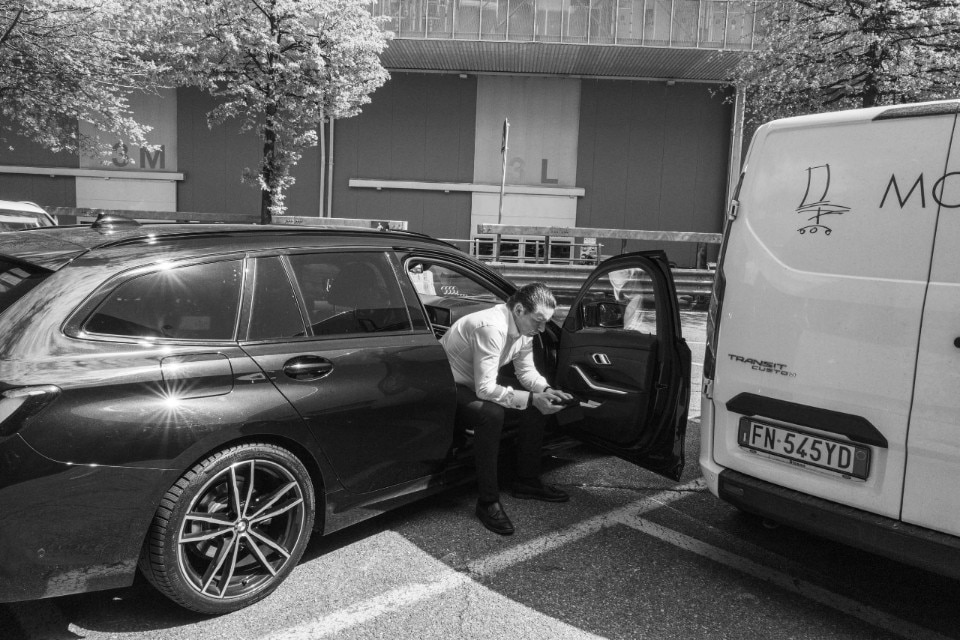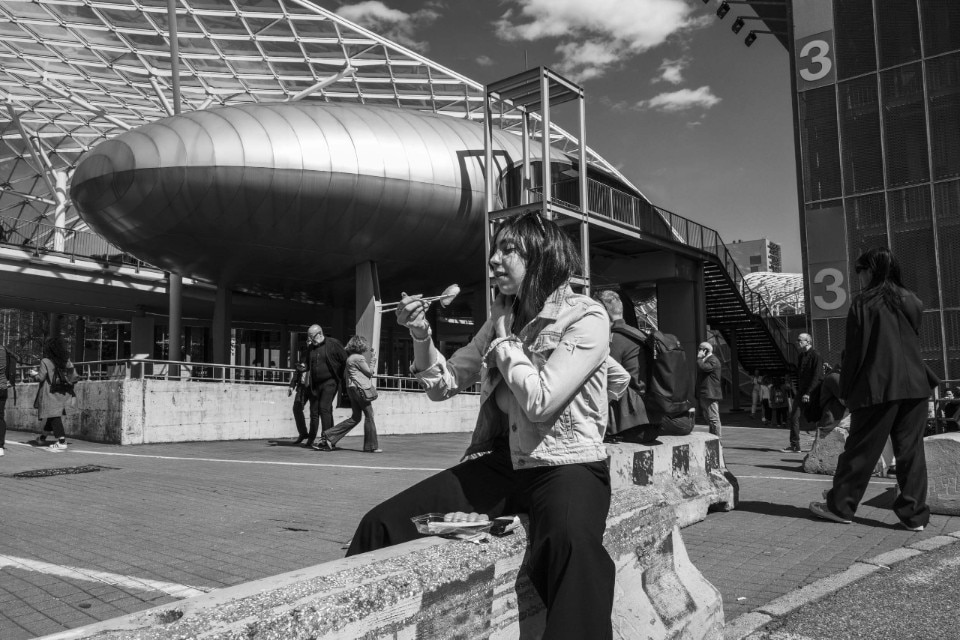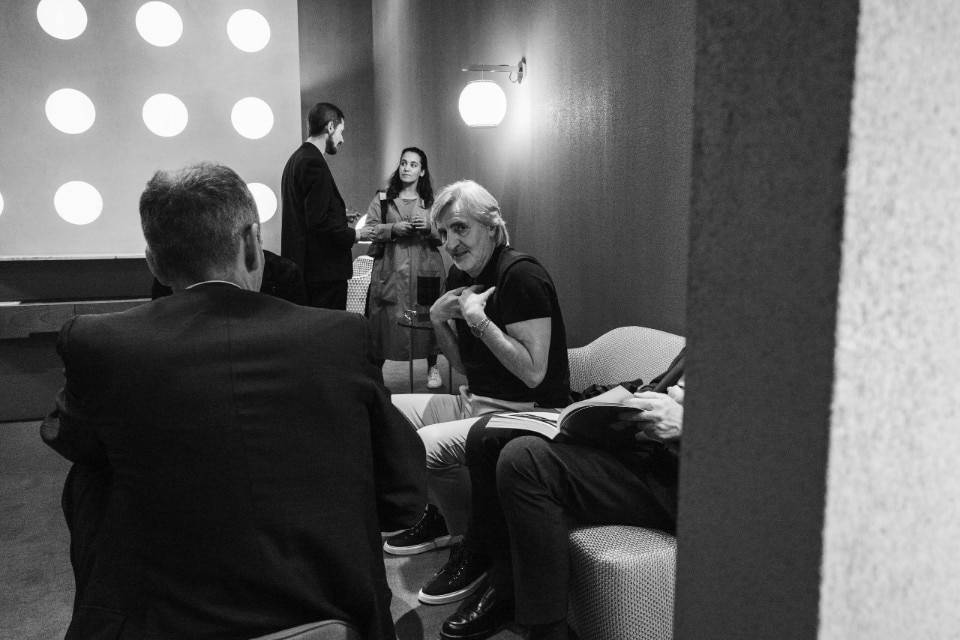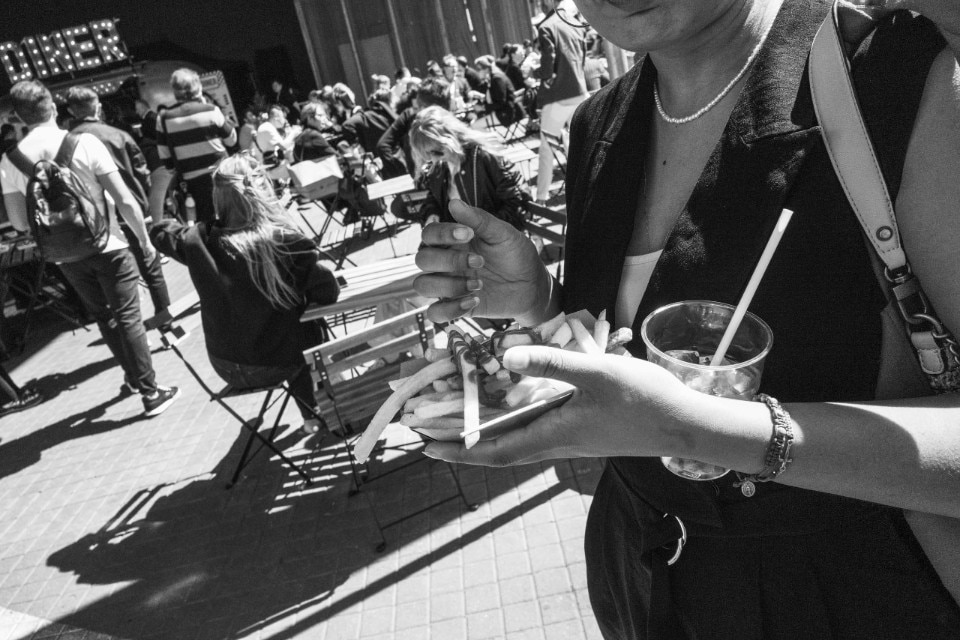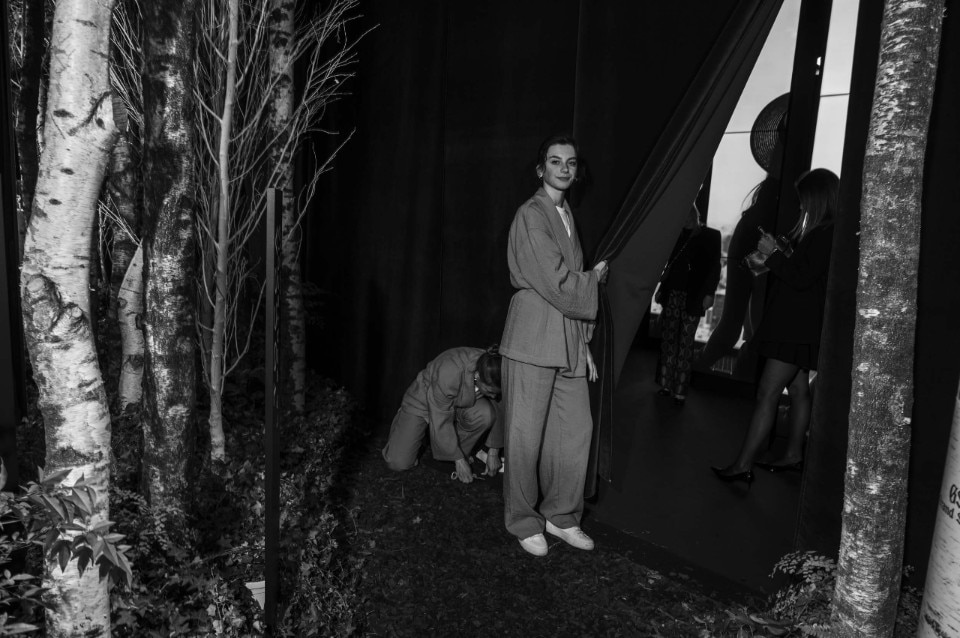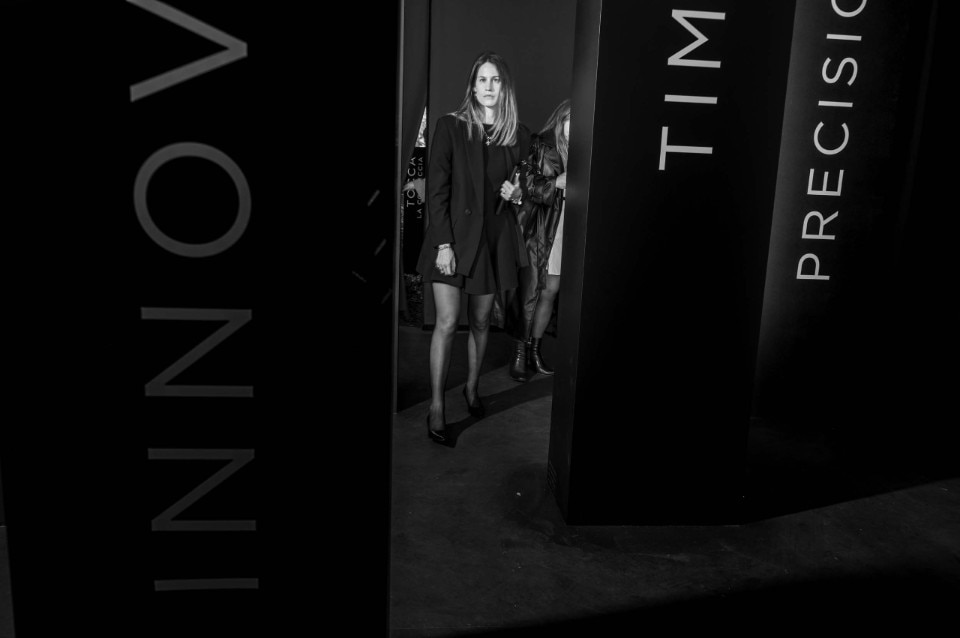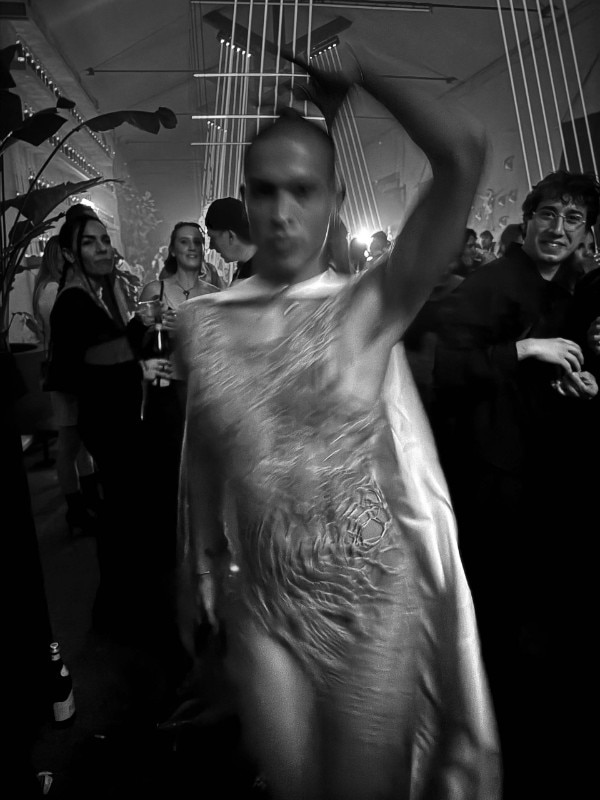text by Alessandro Scarano
photography by Gabriele Micalizzi
What is the Design Week? It’s a commercial opportunity; a widespread cultural event; a way to network: and much more. It’s the moment that puts Milan at the center of the global map. It's when many Milanese residents put their homes on Airbnb, pocketing the equivalent of a month’s rent or more and leaving their city to others.
But the others are us. We populate the city during this unique week, talking a lot about design and often too little about ourselves. Because Design Week is made by human beings. And the story of this week is made by the crowds that swarm the streets, the queues that redraw urban geographies overflowing along the blocks, the faces that come from all over the world, the ice melting in cocktail glasses abandoned on the sidewalk. A peaceful invasion. The invasion of design.

 View gallery
View gallery
“Get out of my bar,” exclaims the Milanese PR who spends every evening at a specific table in that historic place now besieged by the circus of design, shifting the linguistic axis from the bustling Milanese of hipsters and fashionistas to English, Dutch with some incursions from the Far East. People chat, get to know each other, get lost, get drunk, someone hides in the bathroom. “That place has its network this week, it’s where decency begins and ends. I already miss it,” a London friend texts me just after returning home.
Meanwhile, in the evening nightlife, humanity is drifting: they are people diverging by everything, by origin, profession, and age, but united by having explored every single location of the Fuorisalone, palace after palace, showroom after showroom, looping from the prematurely aggressive warmth of mid-April Milan to certain shiver-inducing air conditioning. Someone will close a new job deal. Someone will find the idea they’ve been chasing for a long time. Someone will fall in love, but tomorrow will have already forgotten. Someone will abuse the many, too many open bars, a colleague full of charity will load them into a taxi towards the hotel. On Instagram, there will always be someone who found an event that seems better than the one you were at.
To tell these stories, and all the stories that are within and behind those stories, in an ideal conclusion of the long tale of the world’s most famous design week, Domus chose Gabriele Micalizzi, Milanese, born in 1984, a photojournalism artist, comfortable in the war theaters of the Middle East as in campaigns for major brands or when he has to portray Italian rap’s godfather Guè Pequeno. Micalizzi is a deus ex machina who overturns the conventions of a world, that of design, so infatuated with its own myth as to sometimes be afraid to look in the mirror. He brings us down from the ivory tower and brings us back to the street.
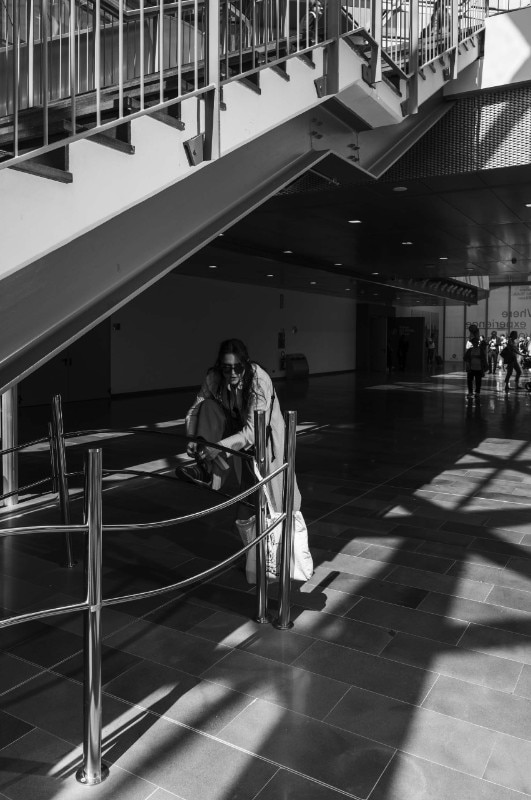
His photos tell of the frenzy and tiredness; they capture the moment of those who end up in Design Week as if inside a painting, like the girl who graduates on the same days when her university becomes the stage some of the most anticipated design installations; and then the frenzy, meals eaten on the fly, tiredness. Socializing and selfies. Some little dogs. Queues, queues, and more queues. And amidst this huge crowd of people, the loneliness that always accompanie human beings.
My photography is a dance, a performance.
Gabriele Micalizzi
Meeting Micalizzi at the Salone, on opening day, is like facing a human whirlwind with multiple Leicas slung over his shoulder. In the span of a few minutes, he shoots a girl with hair like a cloud (and meanwhile laughs, “I’m shyyyyyy”), climbs over a plant knocked down by the wind, discusses pizza tastes with two ladies sitting on a traffic bollard, takes photos and returns several times while we have coffee. “I approach and move away, mine is a dance, a performance,” he explains his way of photographing. He defines it “schizophrenic and compulsive.” Here at the Salone as in war. Brigida Brancale, his assistant, follows him, illuminating the scenes with a large flash mounted on a pole. “An incredible melting pot of humanity,” Gabriel Micalizzi defines the Salone: it’s his first time at the fair. He’s struck by the queues: for Lynch’s installation or... to eat. He’s struck by the distances. He’s struck by how everyone seems serious and then suddenly people loosen up, “messing around” begins. And then someone rests exhausted. He looks around and asks me, with sincere curiosity: “But why is everyone carrying a trolley?”.
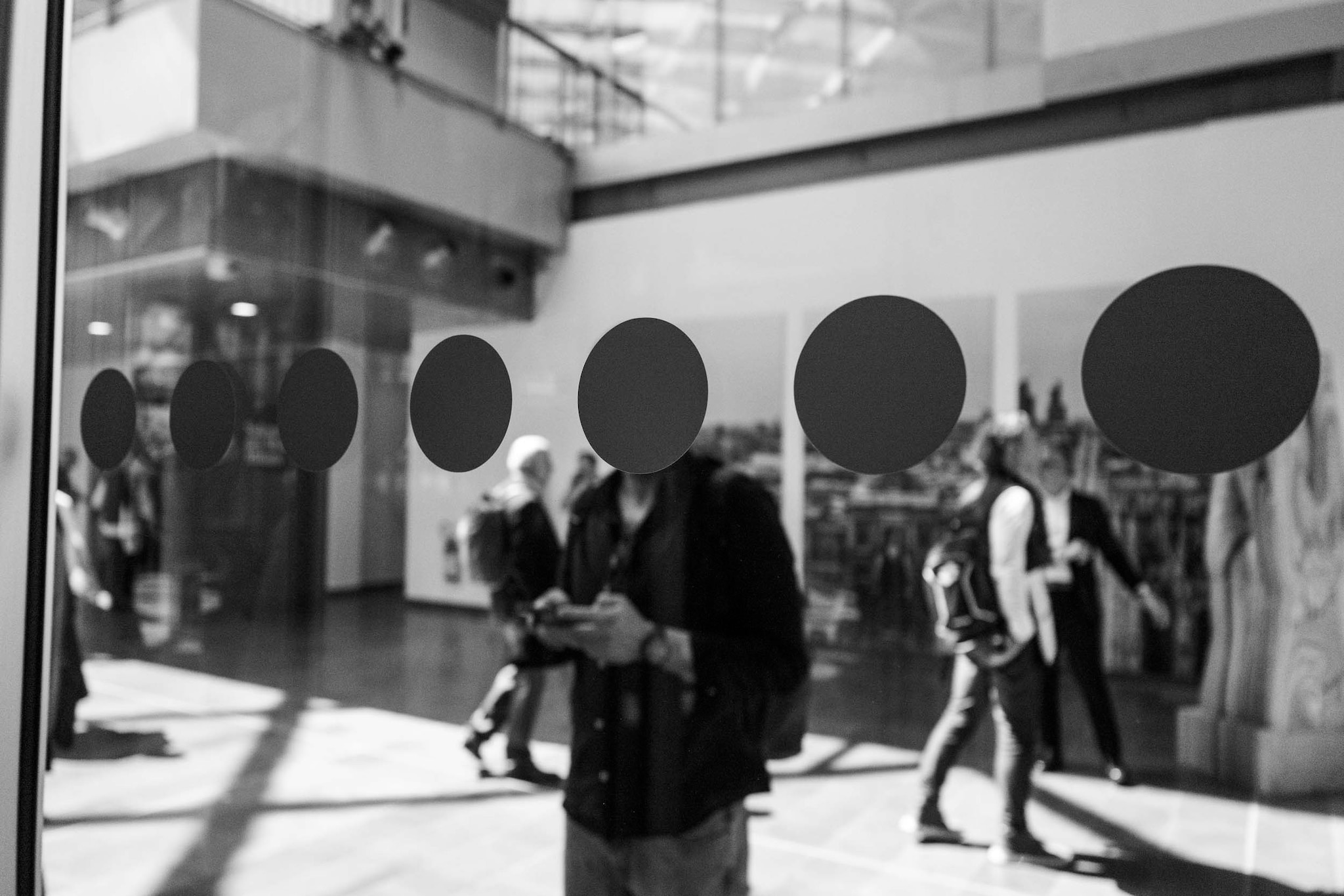
 View gallery
View gallery
In the streets of Milan, the scenes repeat, amplify. “The crowd at Statale is a river but has its order, it resembles an Arab medina,” he tells me. And then: “They tell you that you can’t enter places so they seem more exclusive, then when you get in there’s no one, what’s the point?”. And again, on the fact that he didn’t expect people to allow themselves to be photographed so easily: “They’re all happy and no one complains, they all feel cool, they all feel like the news of the day.”
Micalizzi jokes with everyone, surprises anyone, gets into every event, collects a thousand shots in a few hours, many of which are marvelous, and he does it by revealing a plethora of tricks of the trade, so many that any aspiring photojournalist should follow him with a notebook to take notes. But they probably wouldn’t be able to keep up with him, because Gabriele Micalizzi has already launched himself into another corner, looking for another photo, another point of view. Another human being to add a detail to the great fresco of this Design Week. Not just documentation, but a message. Because in the end, design is born for humans and not for itself. And remembering this will surely do us good.
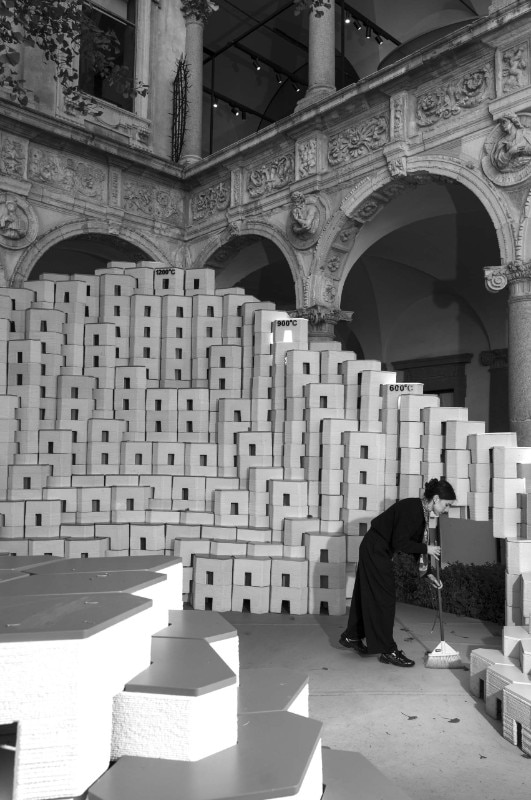
All pictures were taken by photographer Gabriele Micalizzi for Domus.
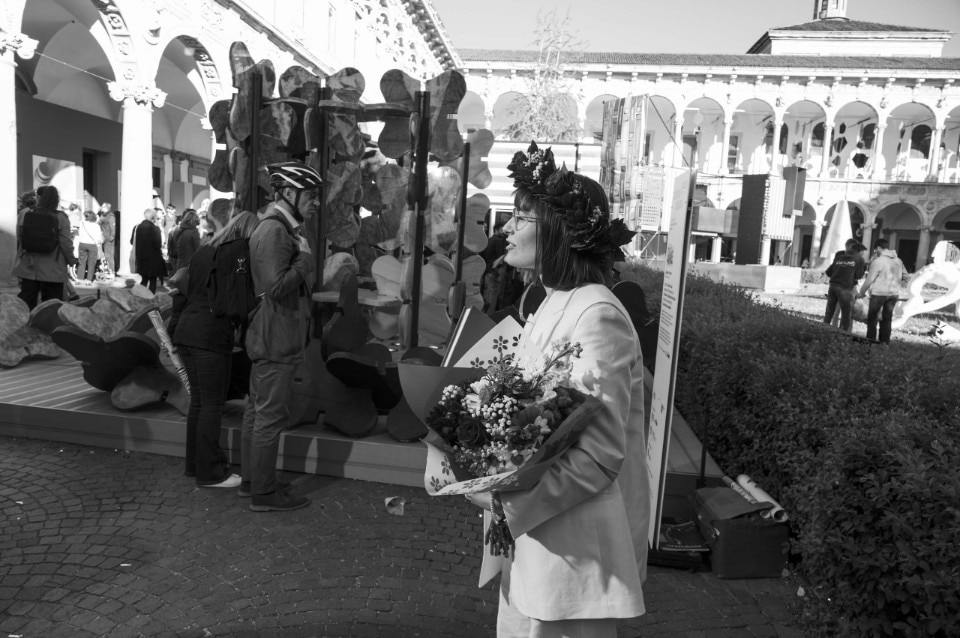
Milano Design Week 2024, The Human Side
Photo Gabriele Micalizzi

Milano Design Week 2024, The Human Side
Photo Gabriele Micalizzi
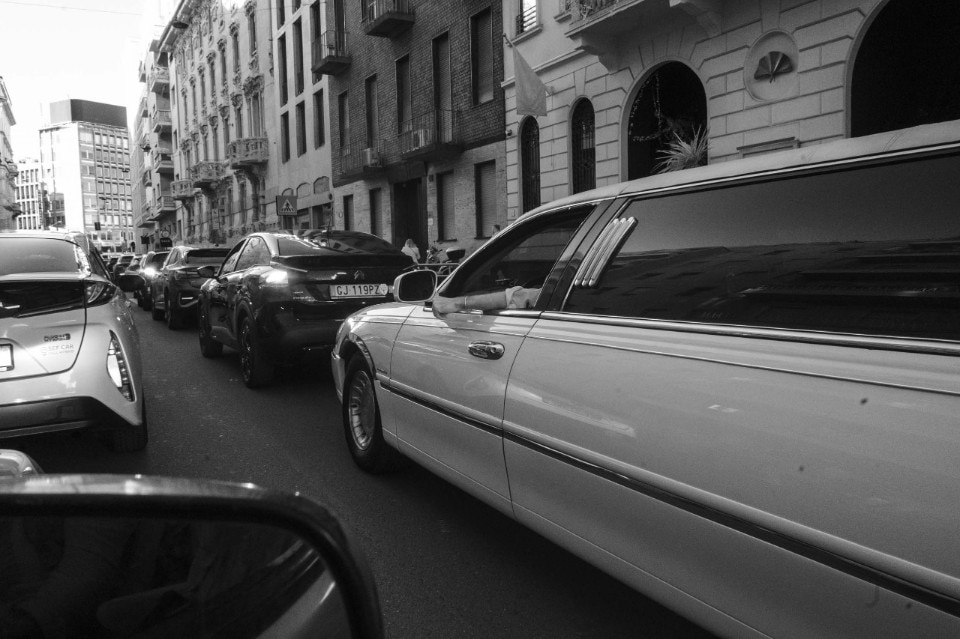
Milano Design Week 2024, The Human Side
Photo Gabriele Micalizzi

Milano Design Week 2024, The Human Side
Photo Gabriele Micalizzi
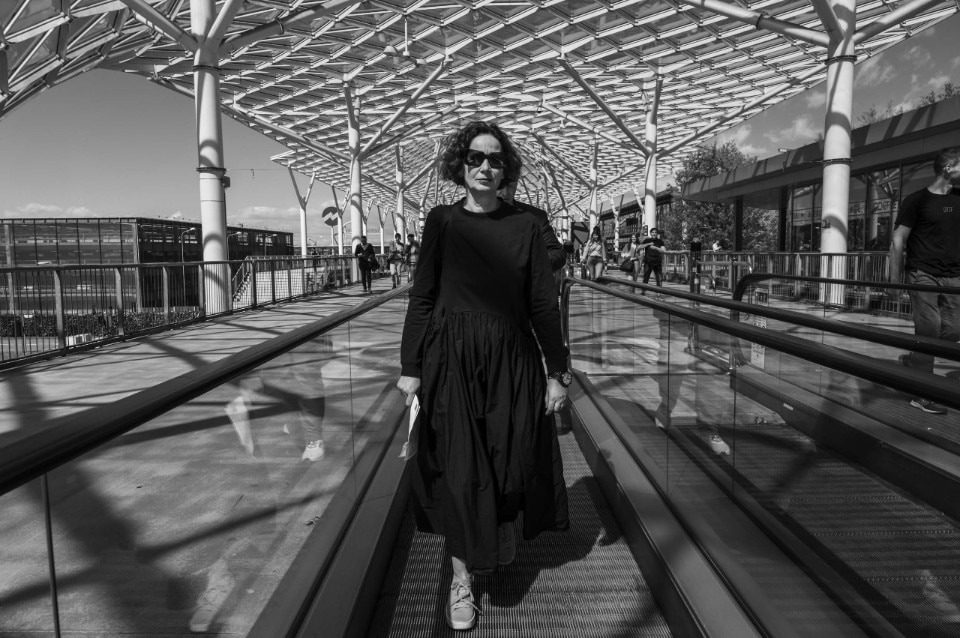
Milano Design Week 2024, The Human Side
Photo Gabriele Micalizzi
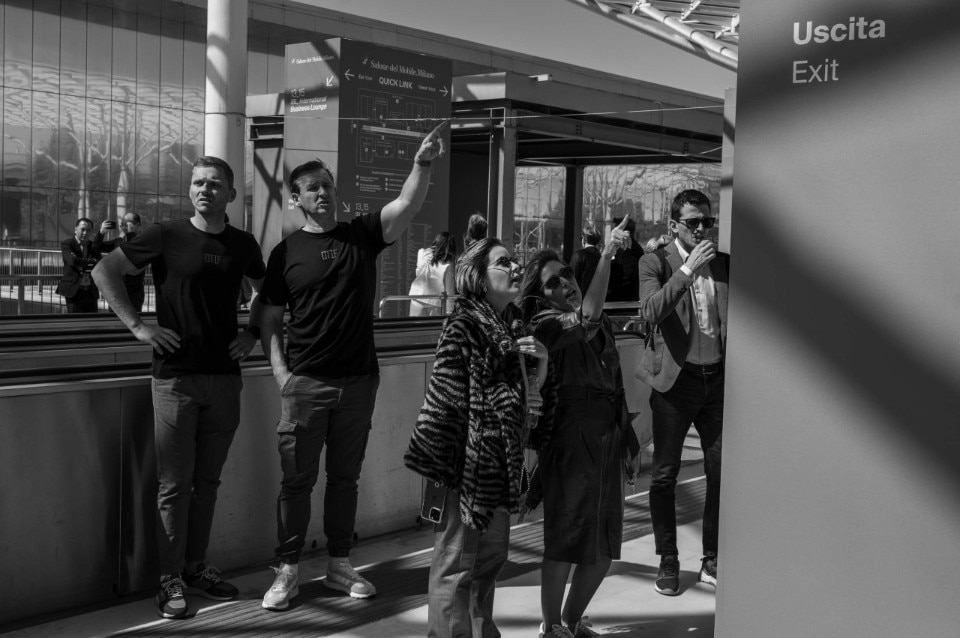
Milano Design Week 2024, The Human Side
Photo Gabriele Micalizzi
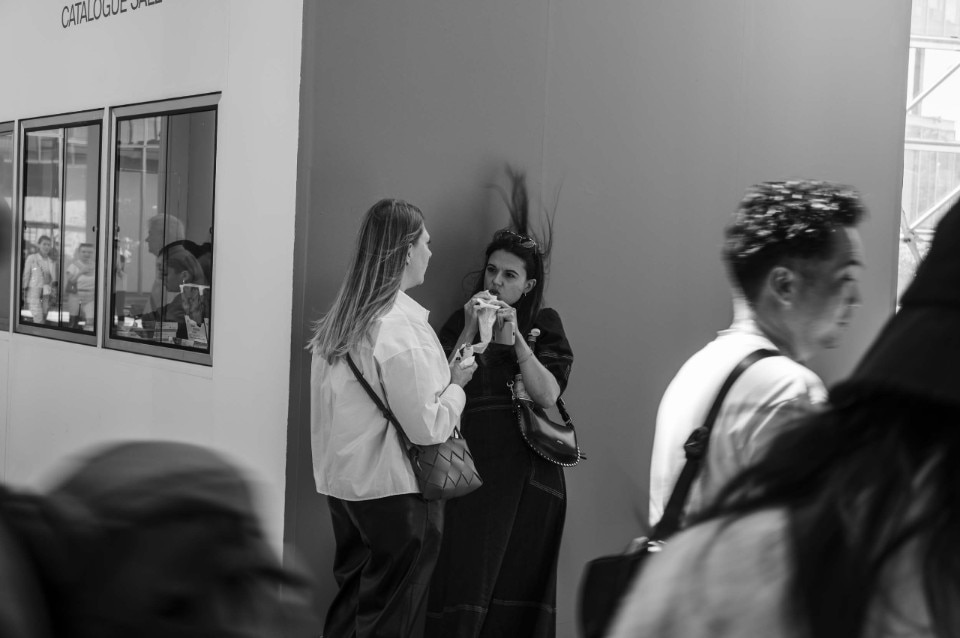
Milano Design Week 2024, The Human Side
Photo Gabriele Micalizzi
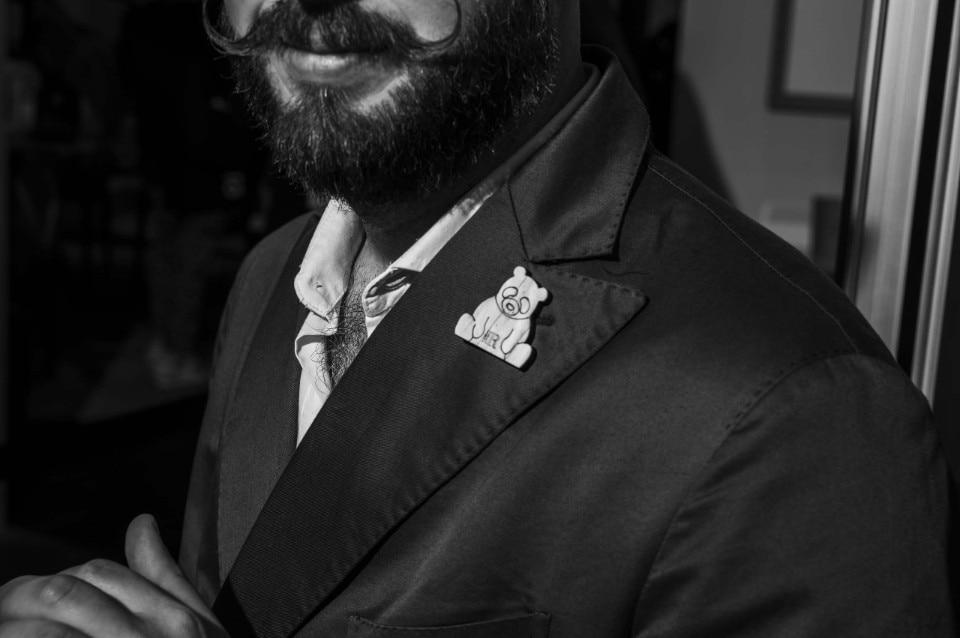
Milano Design Week 2024, The Human Side
Photo Gabriele Micalizzi
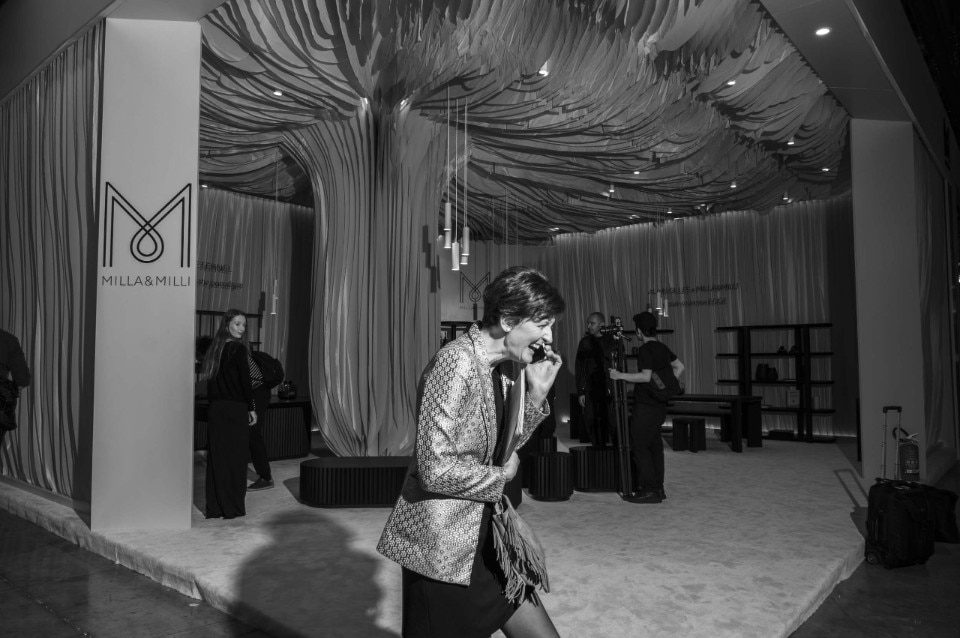
Milano Design Week 2024, The Human Side
Photo Gabriele Micalizzi

Milano Design Week 2024, The Human Side
Photo Gabriele Micalizzi

Milano Design Week 2024, The Human Side
Photo Gabriele Micalizzi
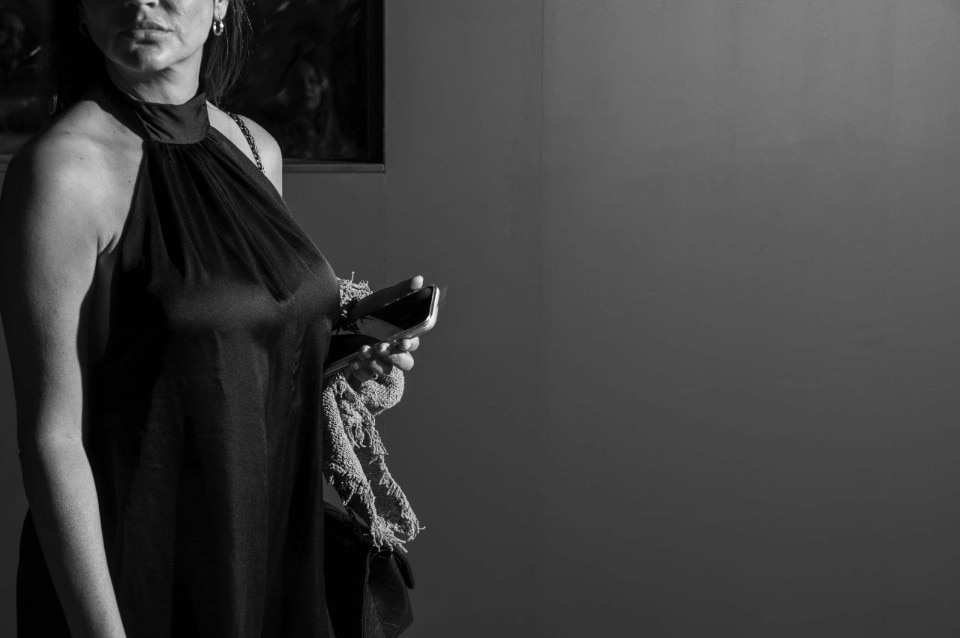
Milano Design Week 2024, The Human Side
Photo Gabriele Micalizzi

Milano Design Week 2024, The Human Side
Photo Gabriele Micalizzi
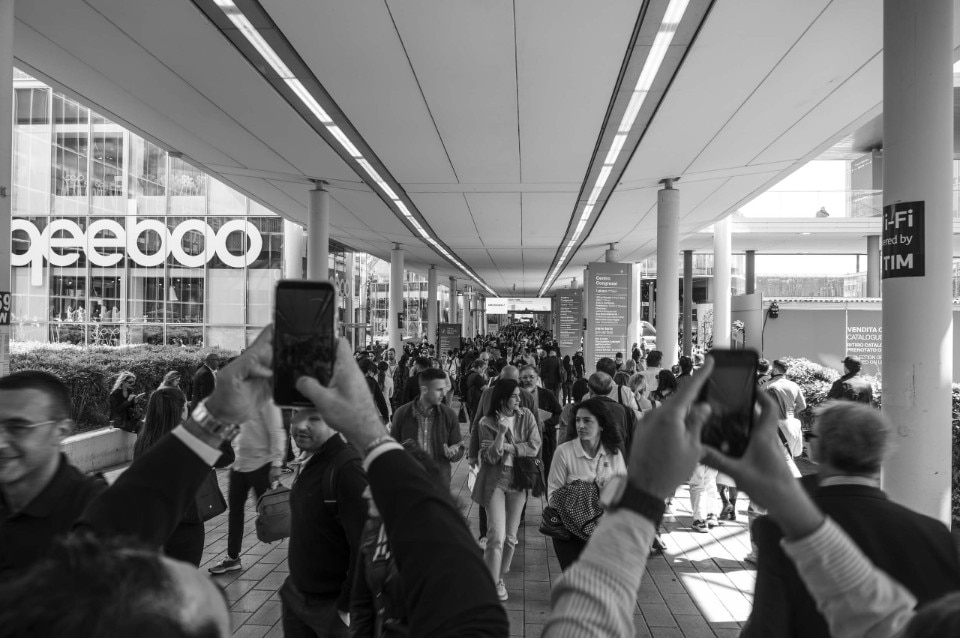
Milano Design Week 2024, The Human Side
Photo Gabriele Micalizzi
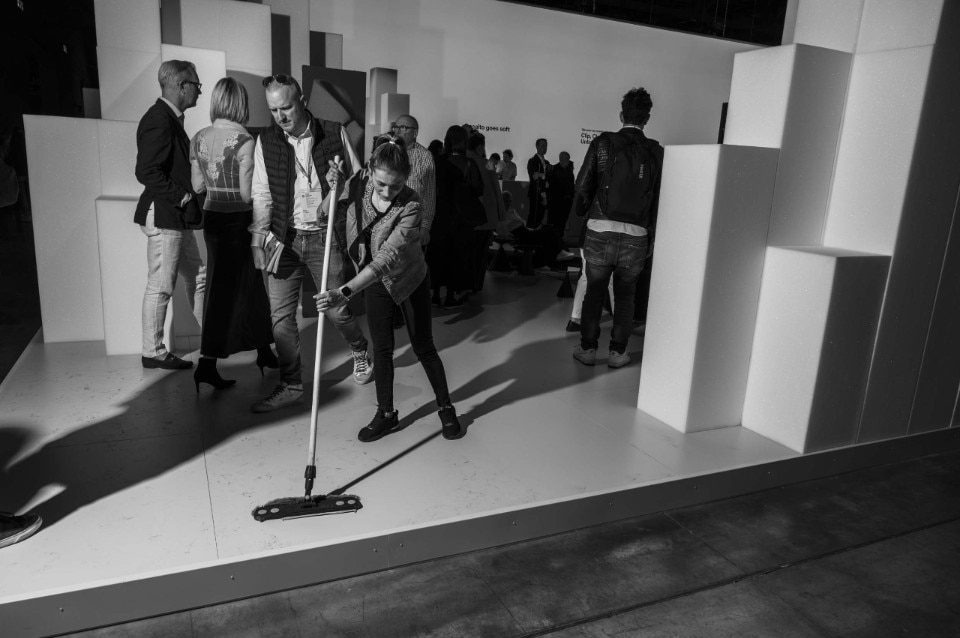
Milano Design Week 2024, The Human Side
Photo Gabriele Micalizzi
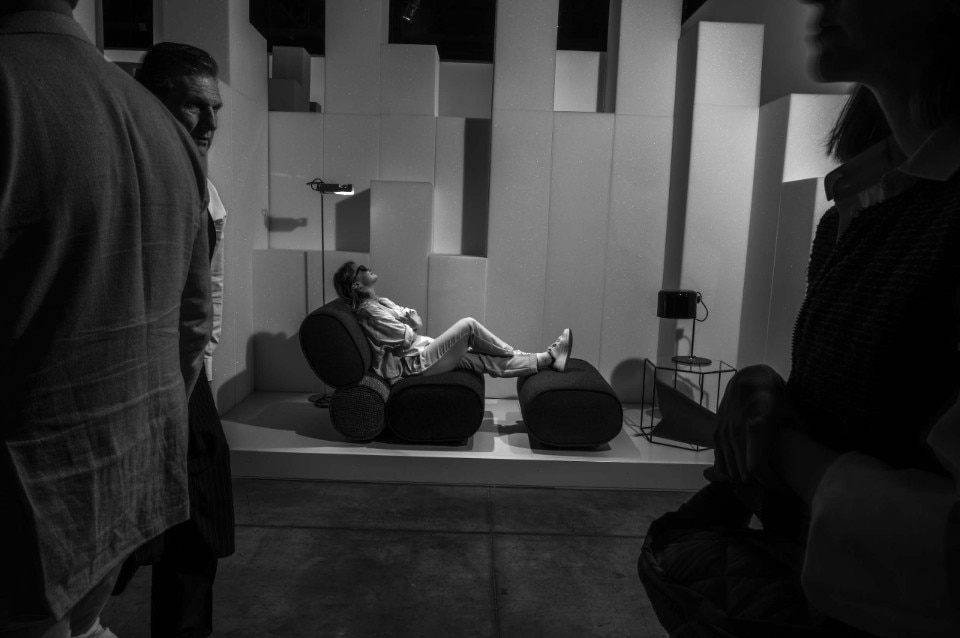
Milano Design Week 2024, The Human Side
Photo Gabriele Micalizzi
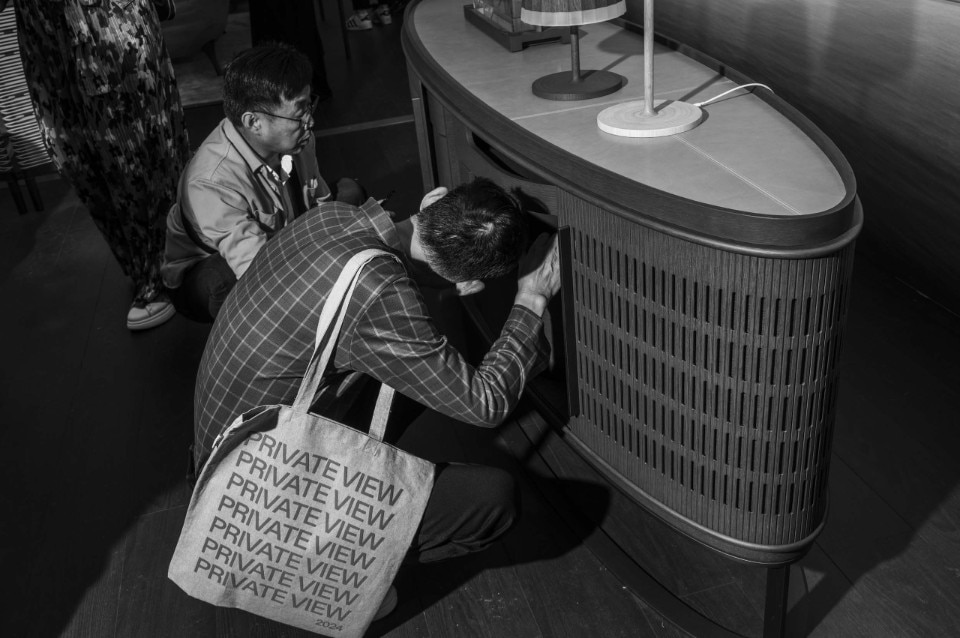
Milano Design Week 2024, The Human Side
Photo Gabriele Micalizzi
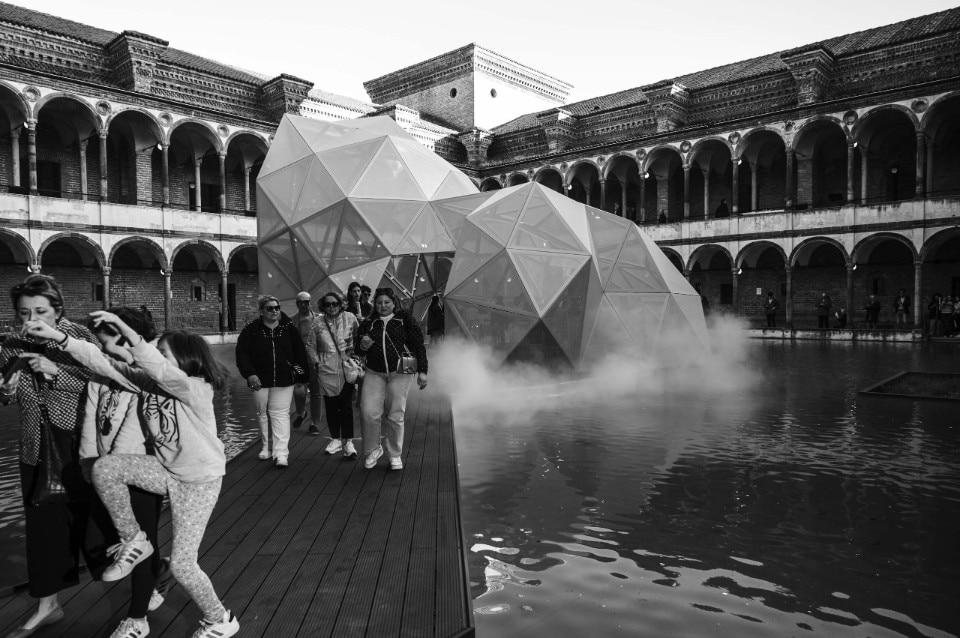
Milano Design Week 2024, The Human Side
Photo Gabriele Micalizzi

Milano Design Week 2024, The Human Side
Photo Gabriele Micalizzi

Milano Design Week 2024, The Human Side
Photo Gabriele Micalizzi
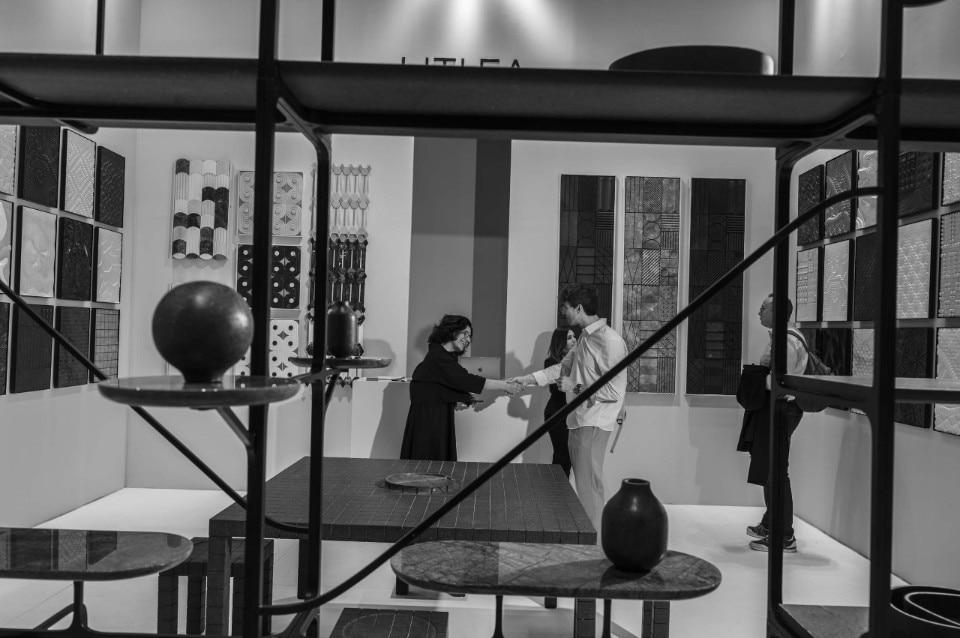
Milano Design Week 2024, The Human Side
Photo Gabriele Micalizzi
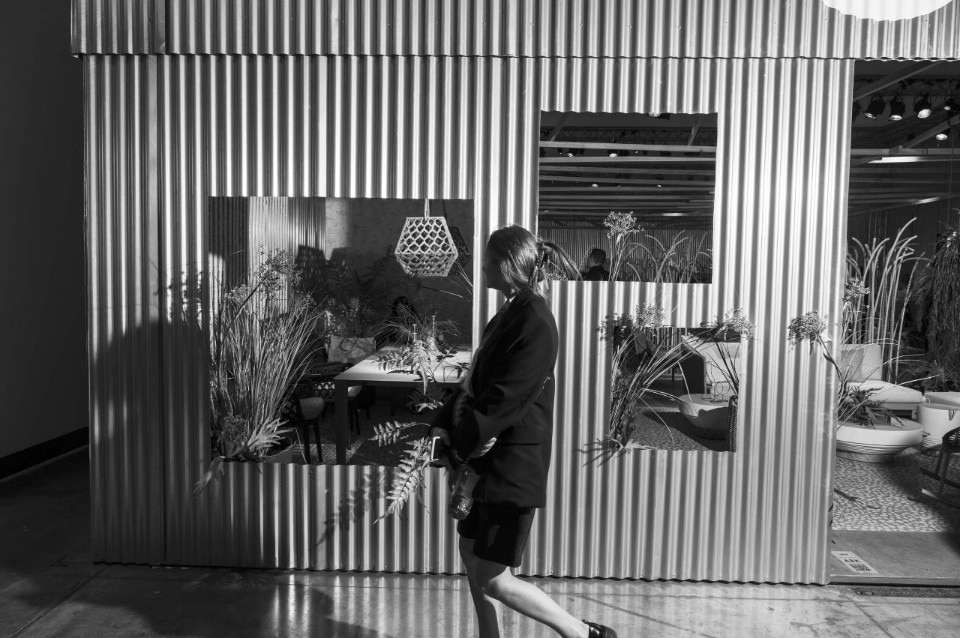
Milano Design Week 2024, The Human Side
Photo Gabriele Micalizzi
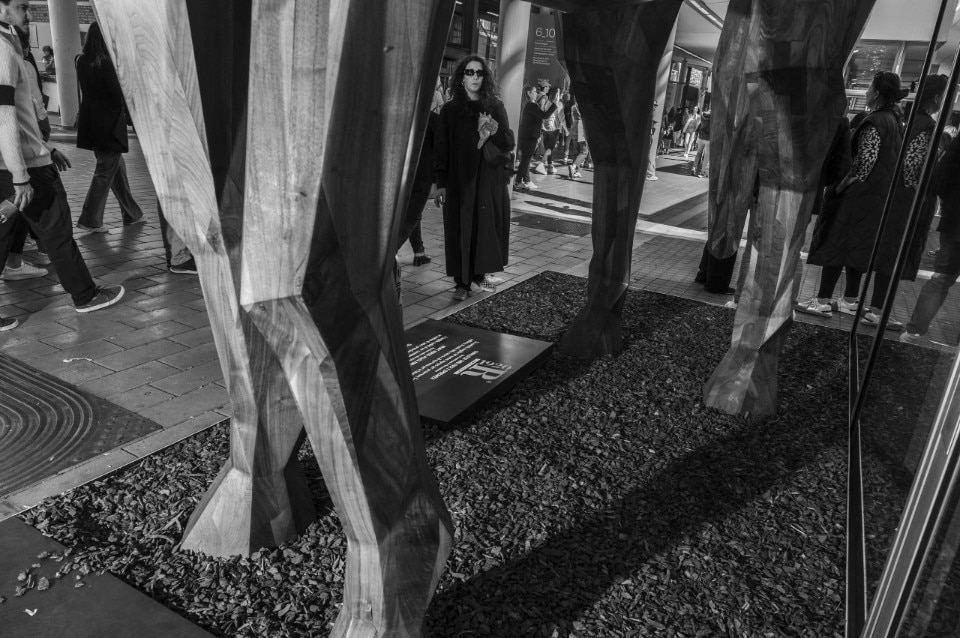
Milano Design Week 2024, The Human Side
Photo Gabriele Micalizzi
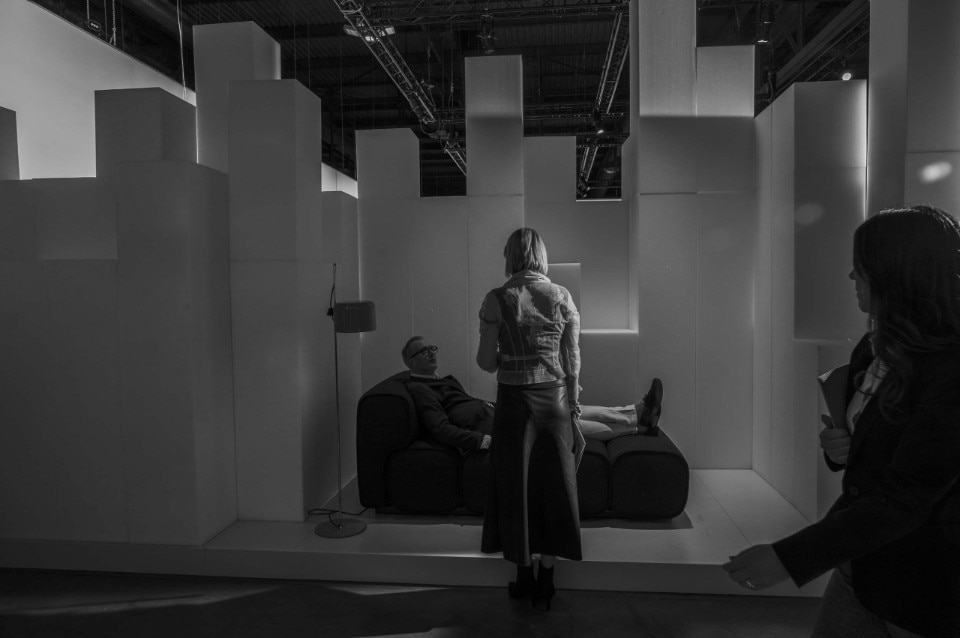
Milano Design Week 2024, The Human Side
Photo Gabriele Micalizzi
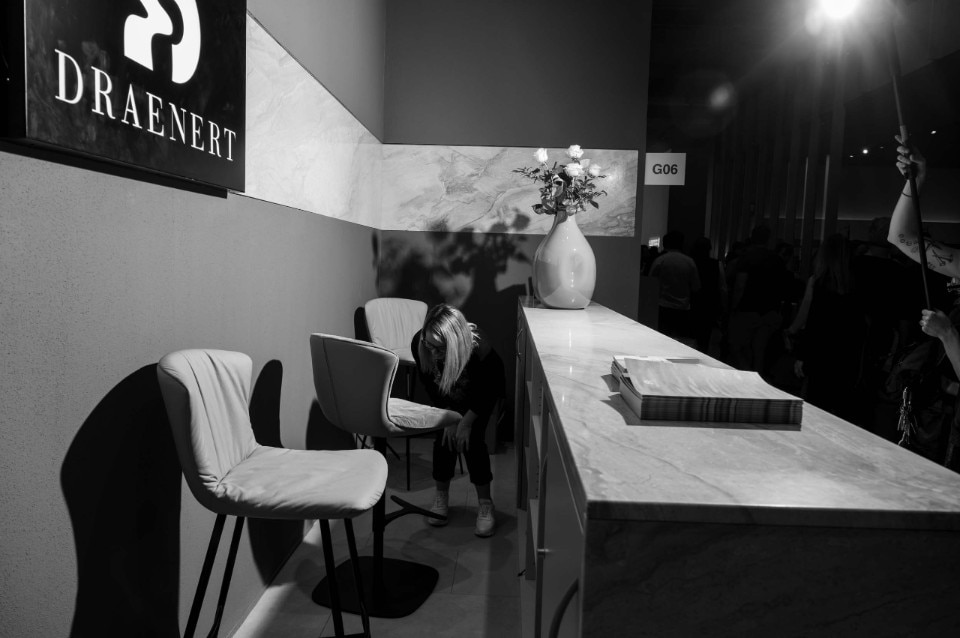
Milano Design Week 2024, The Human Side
Photo Gabriele Micalizzi

